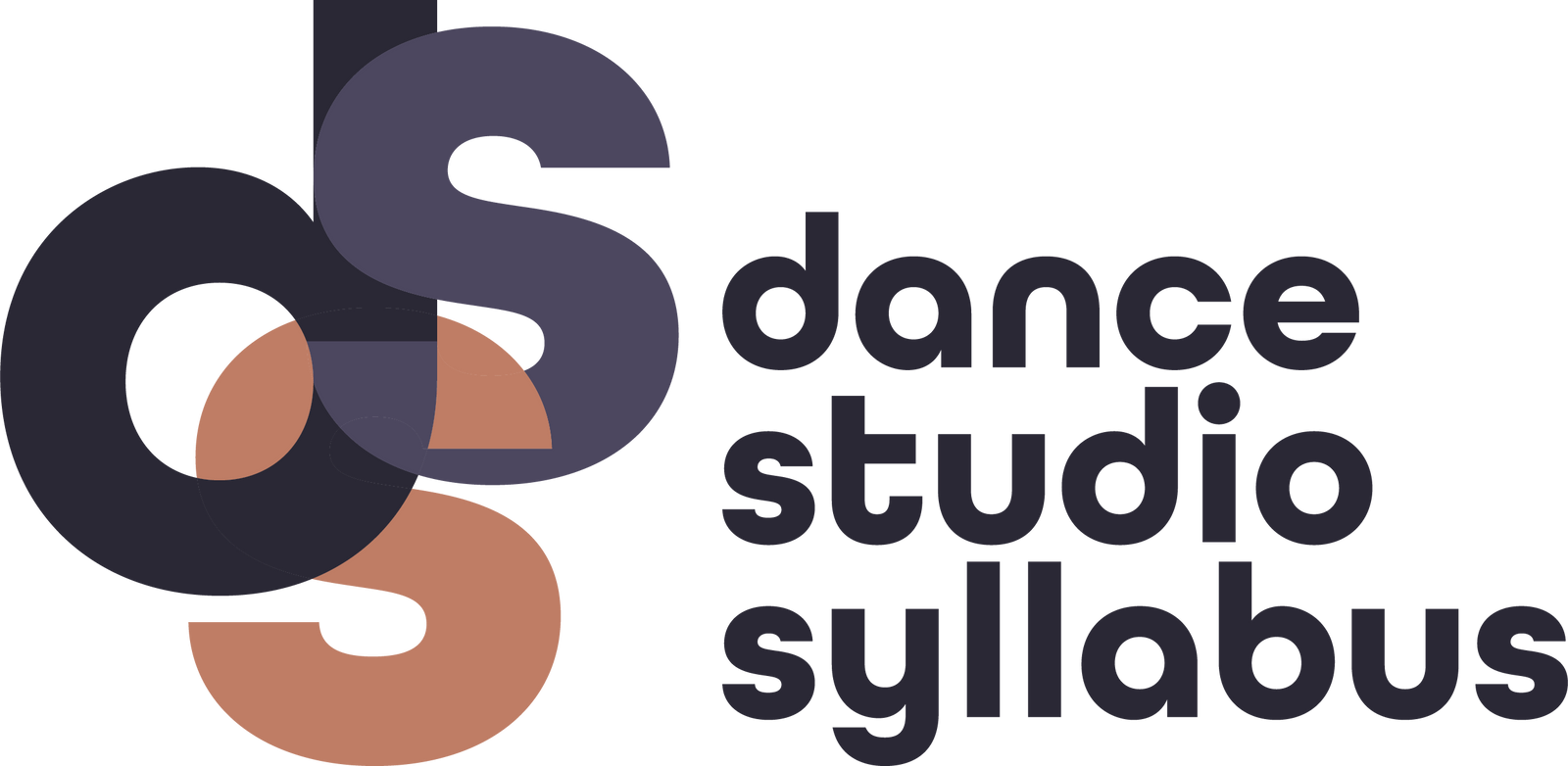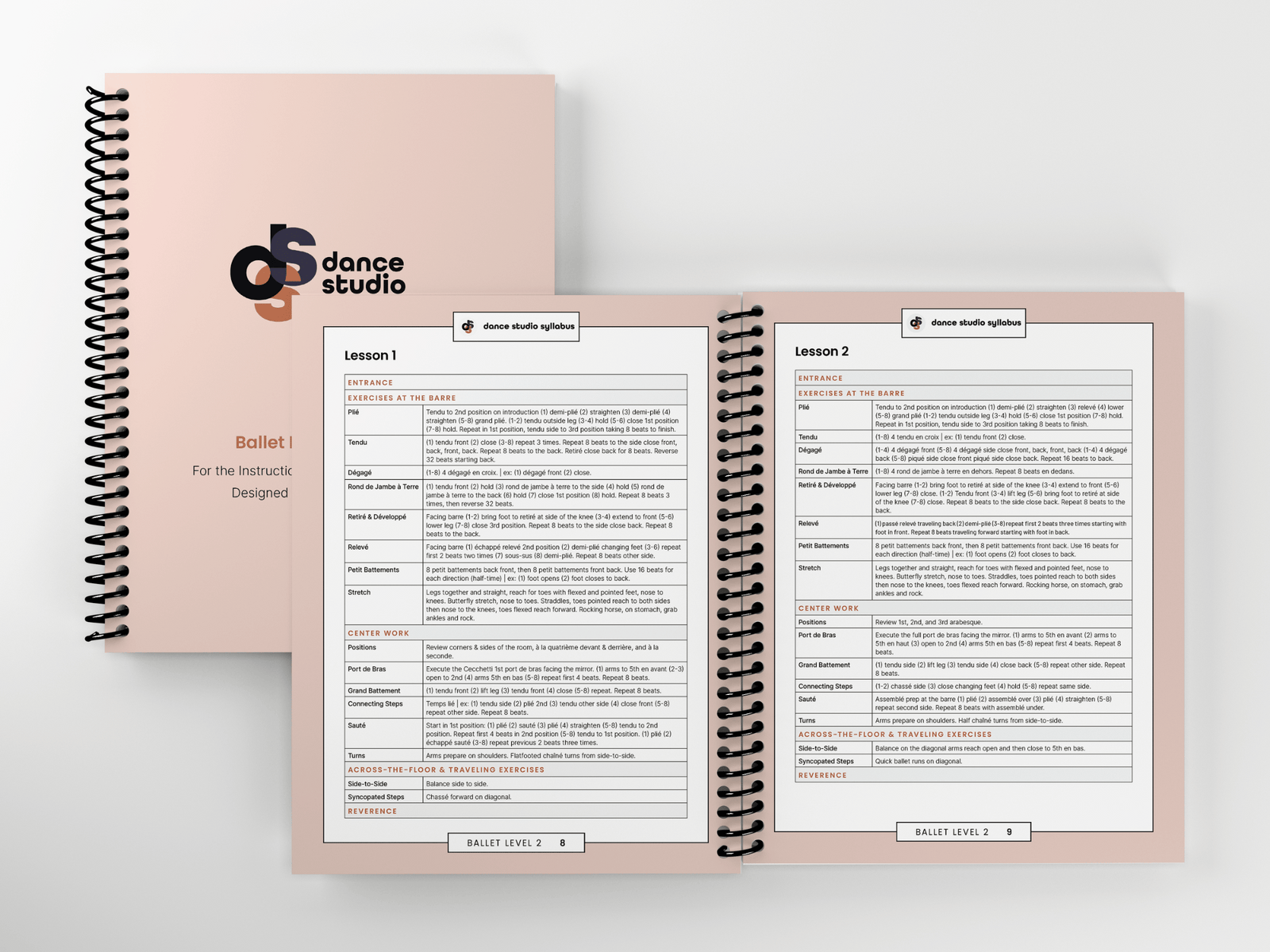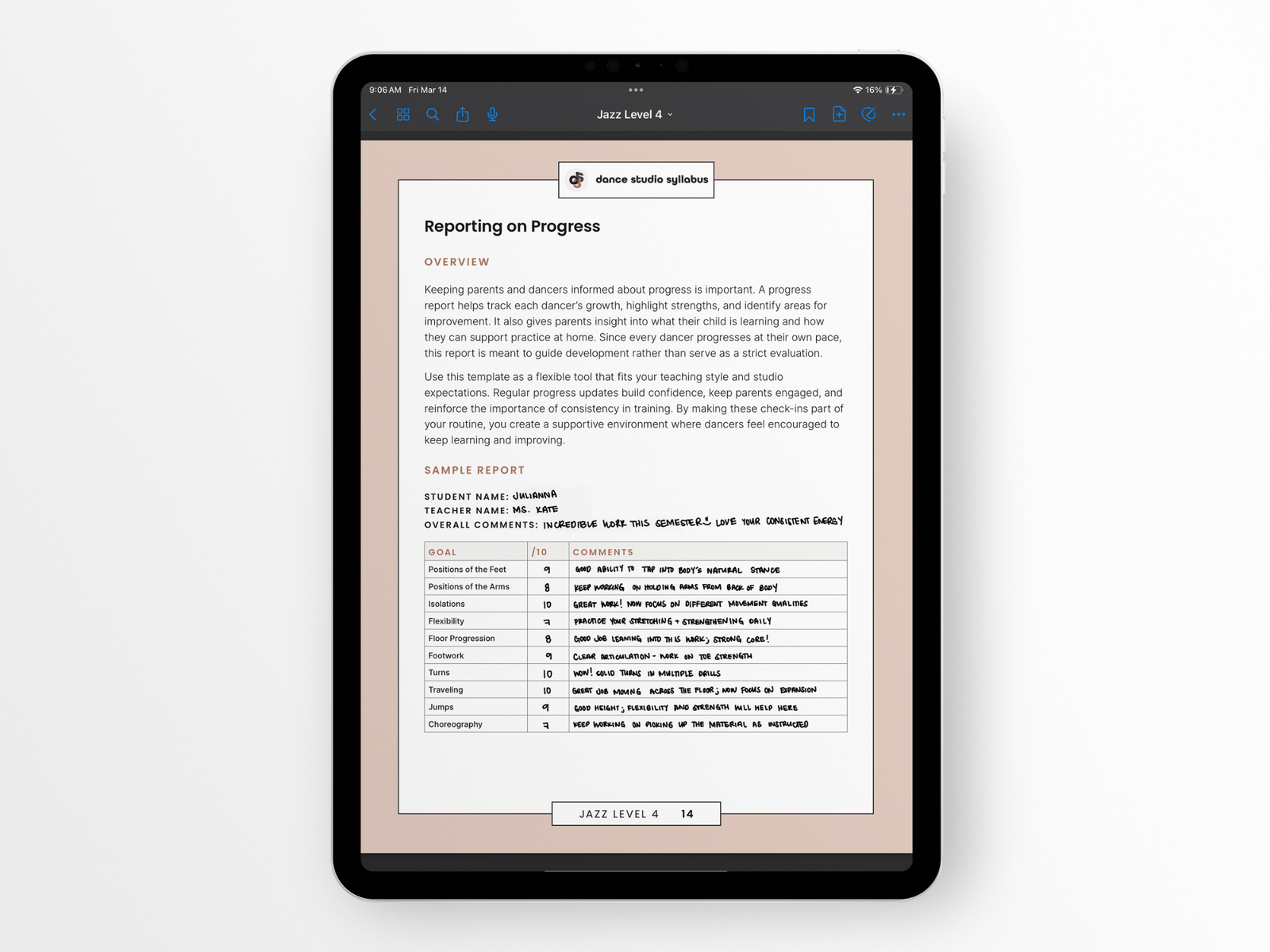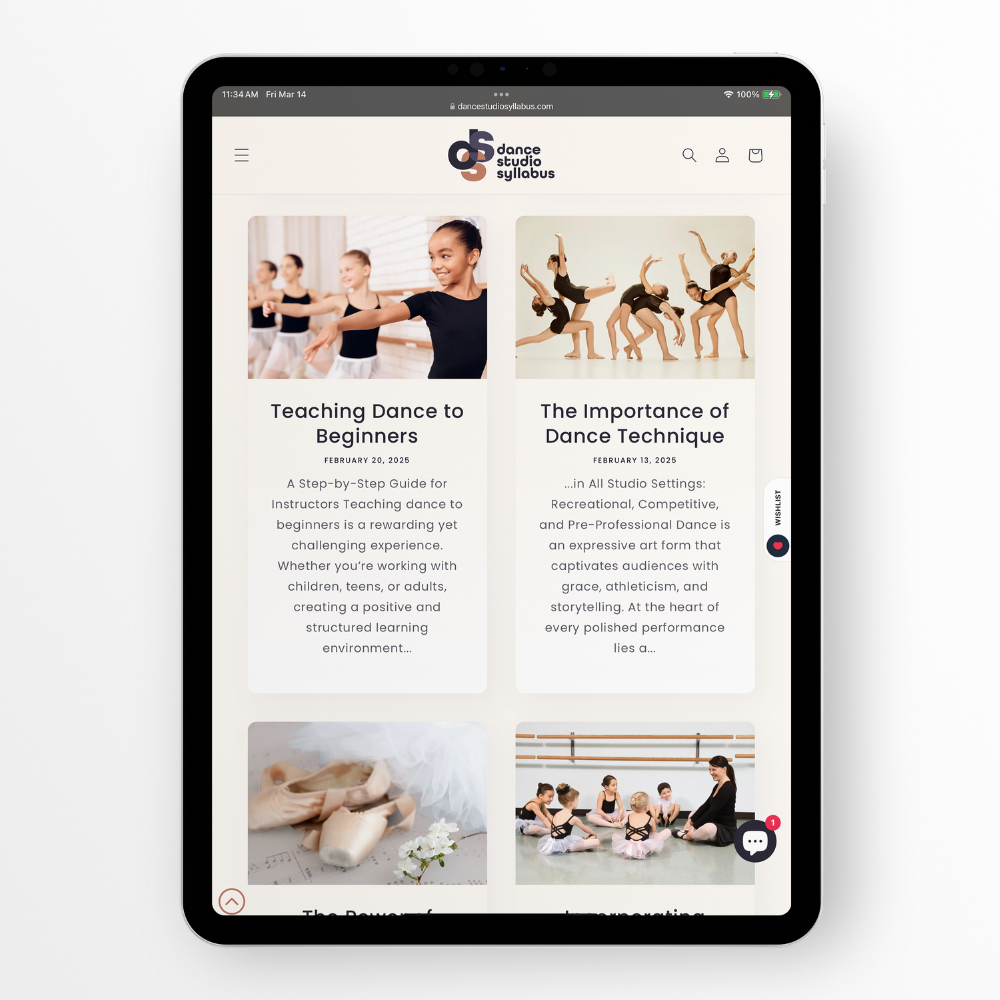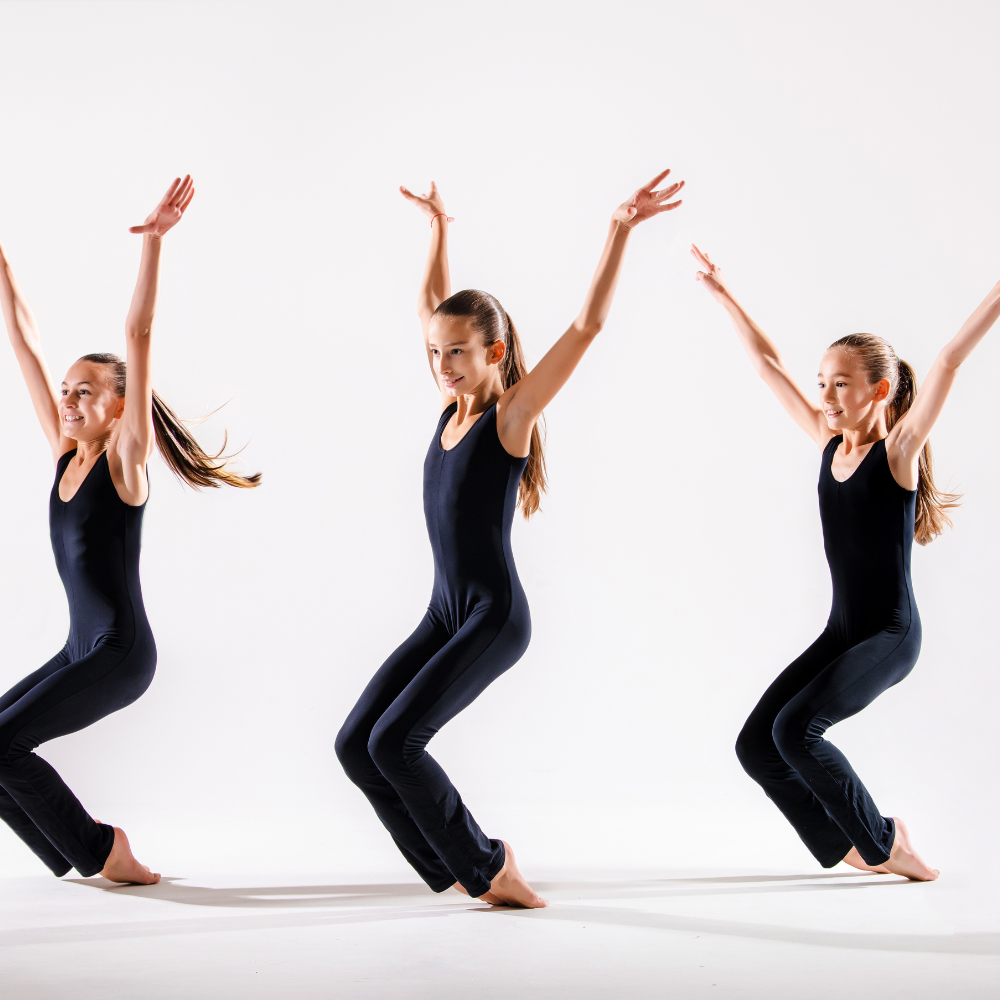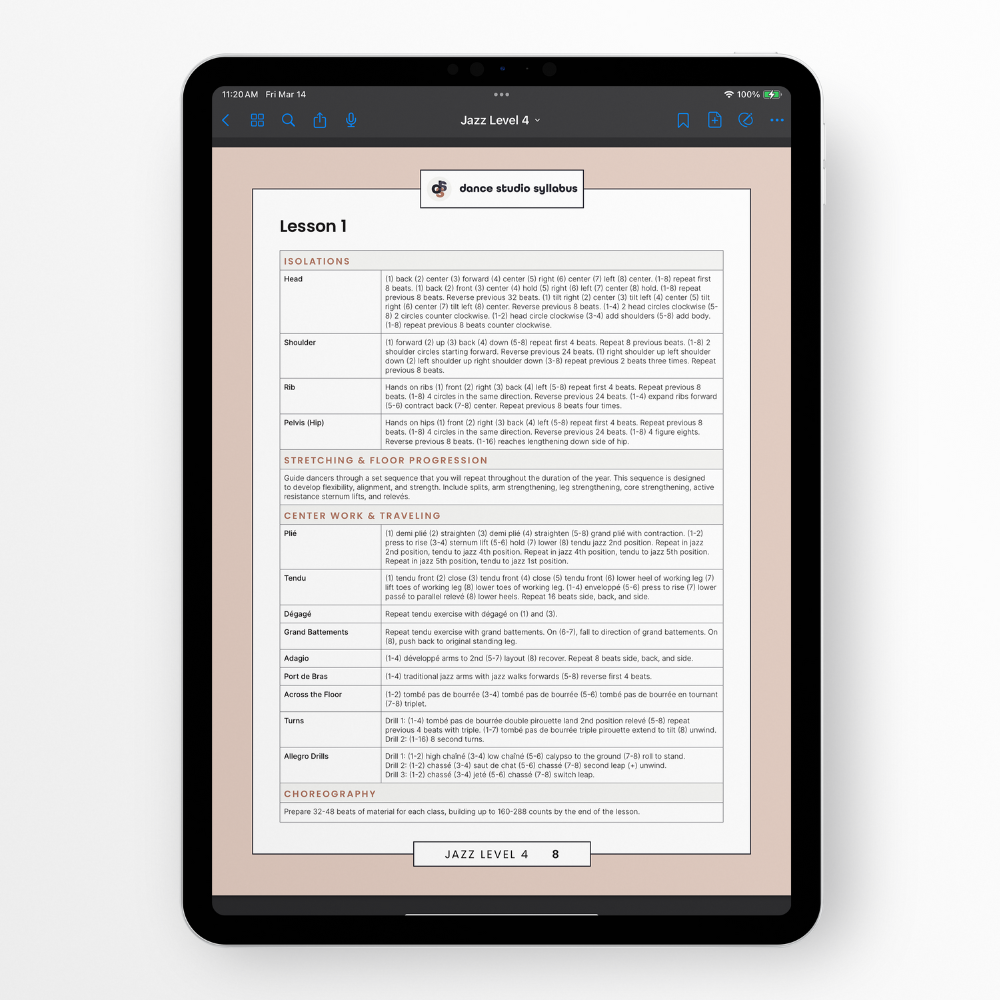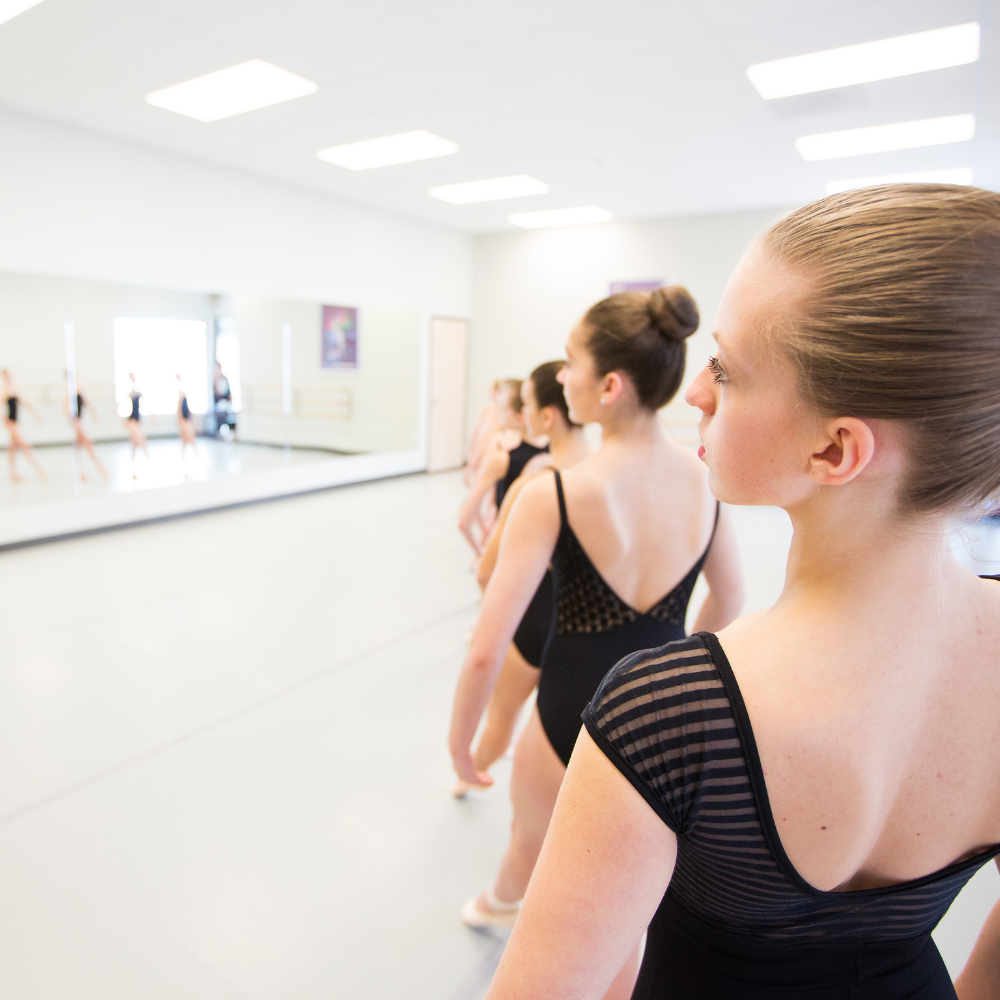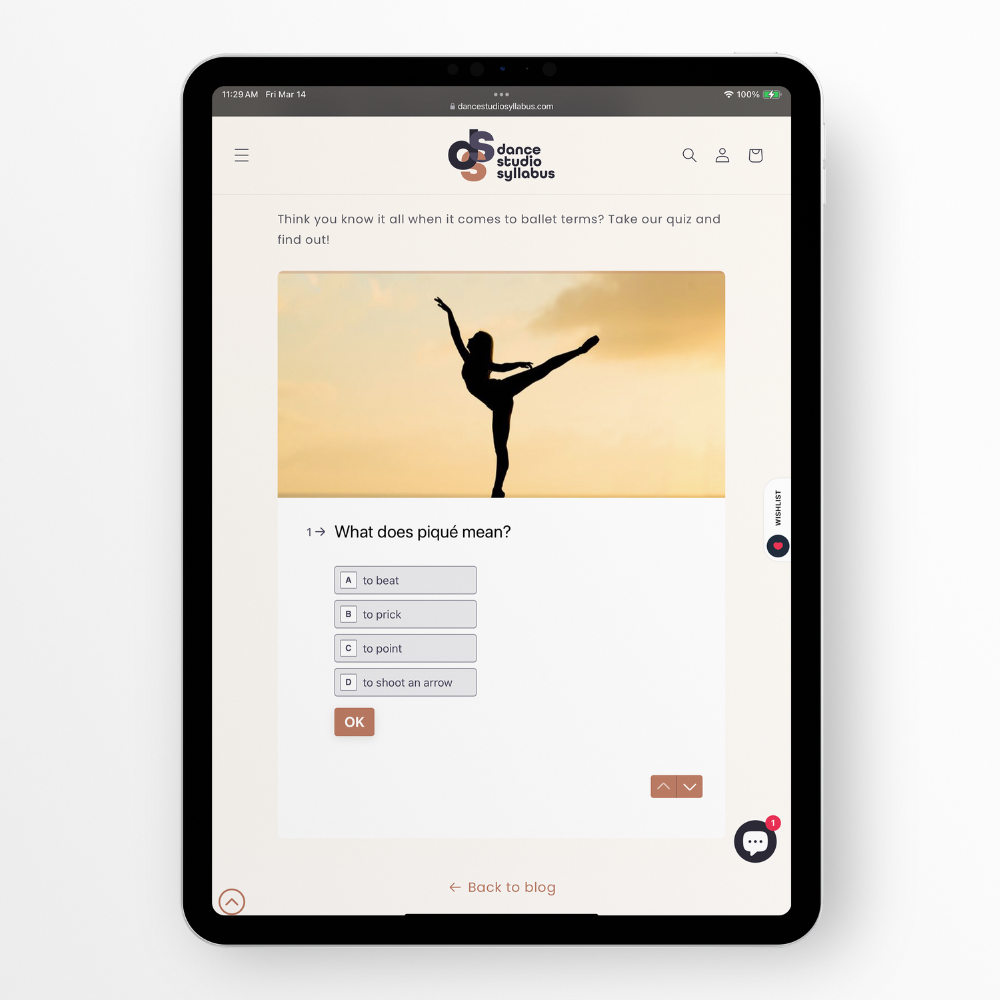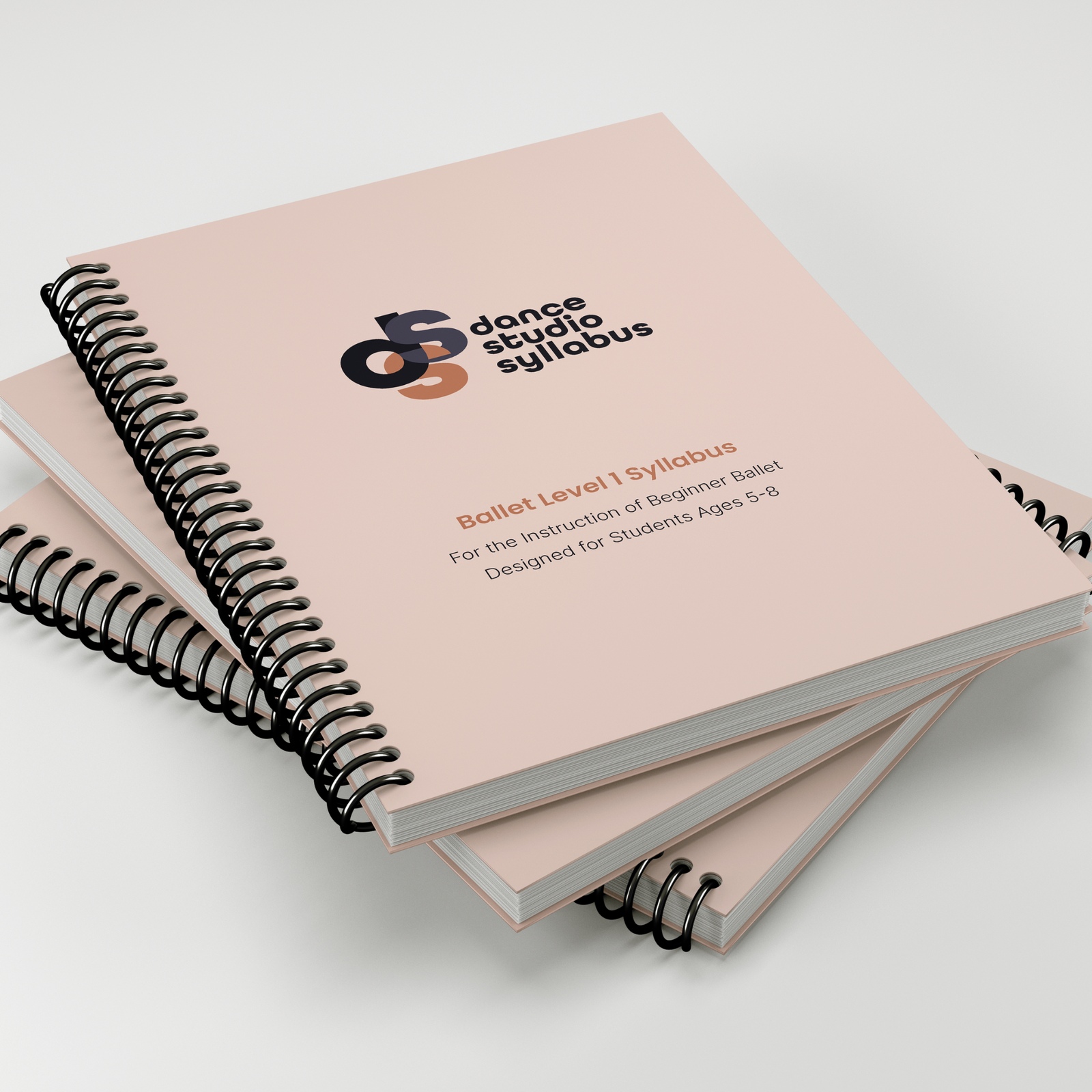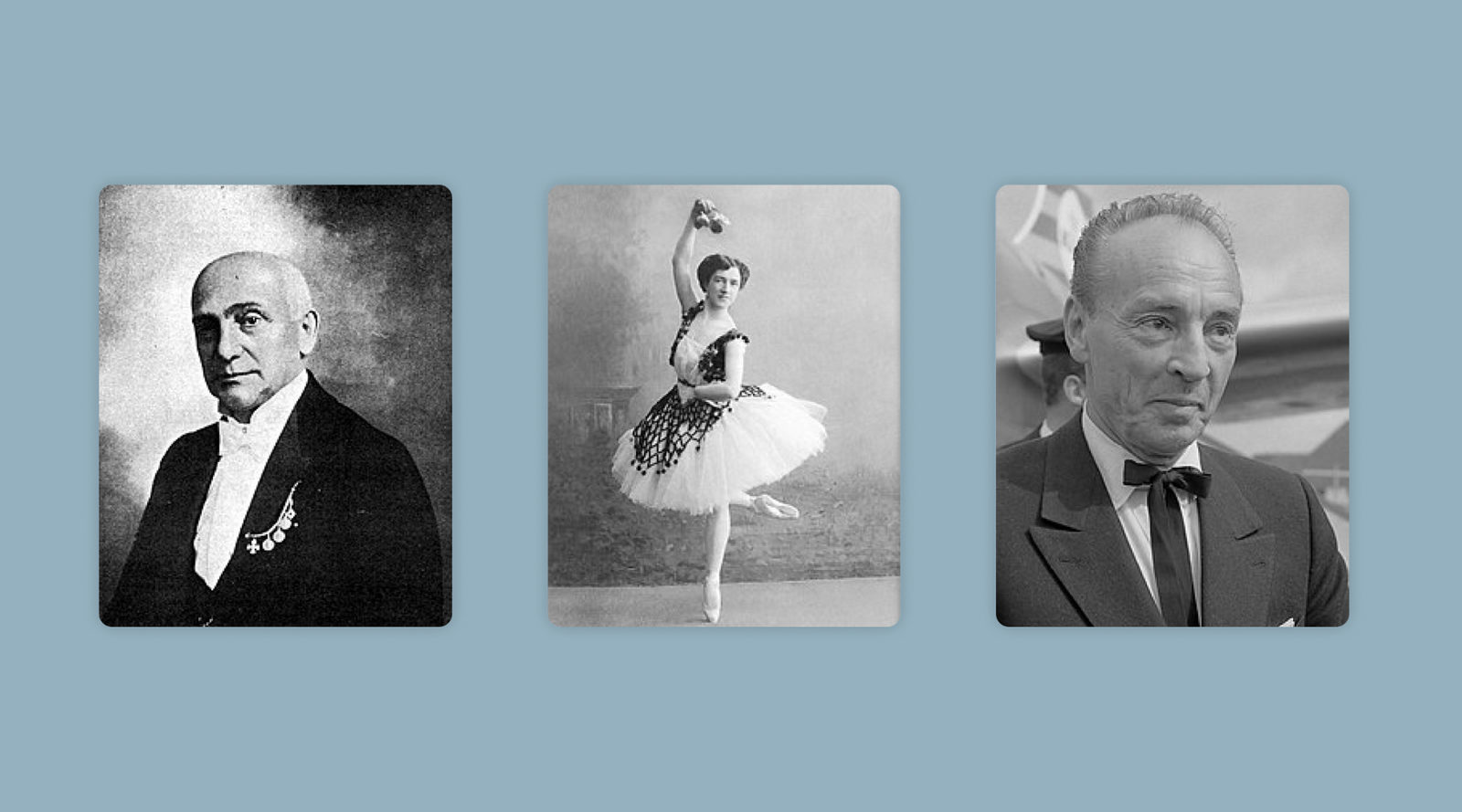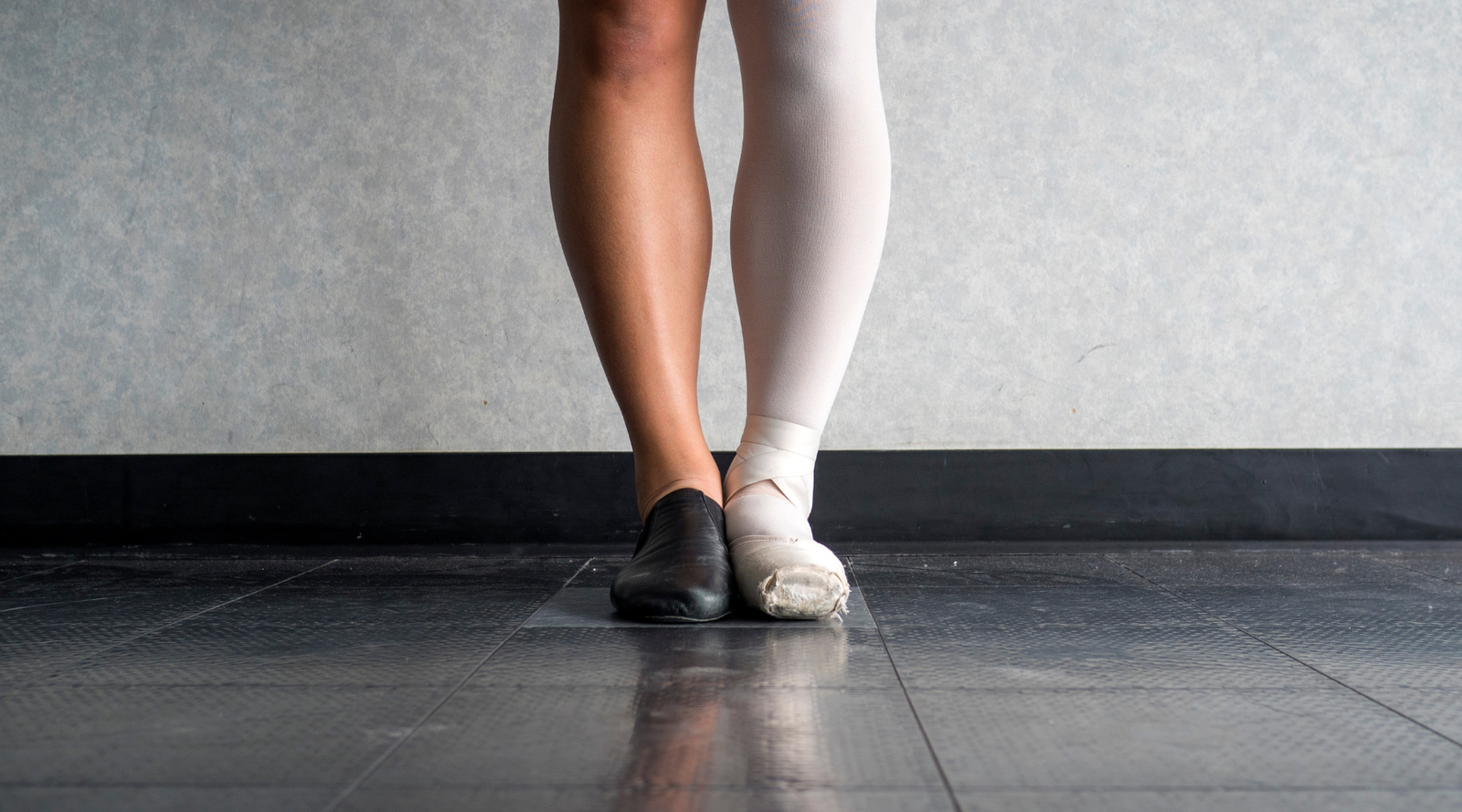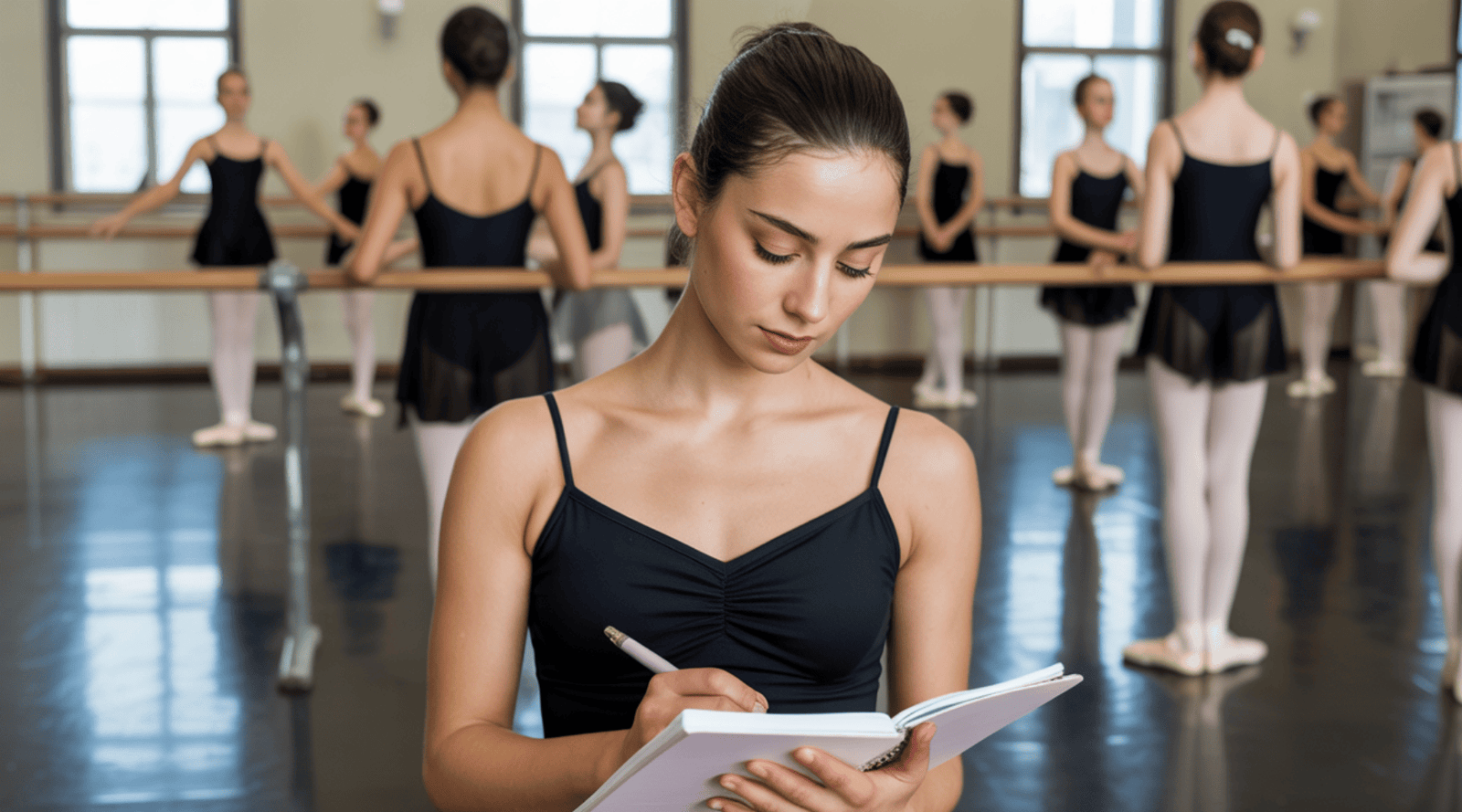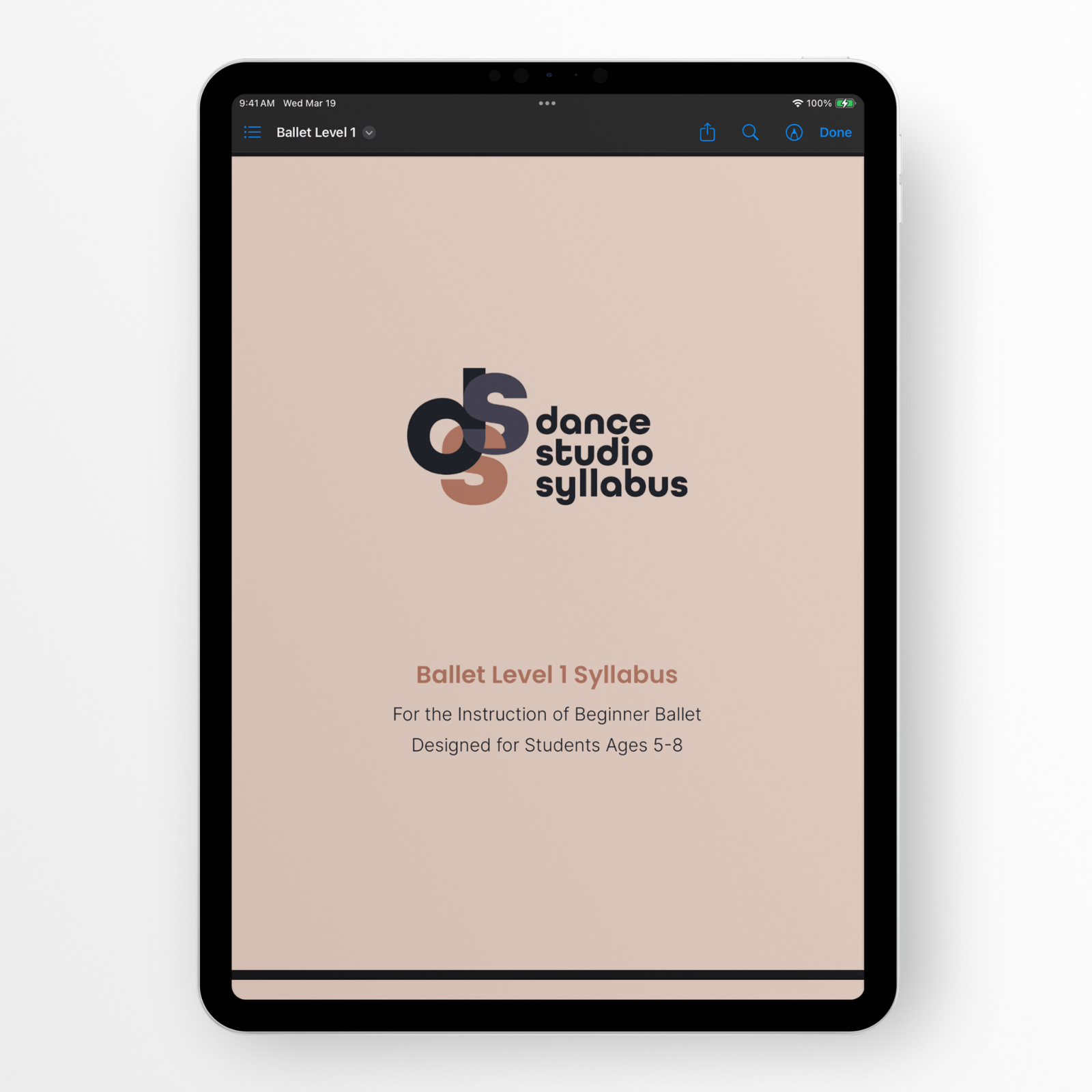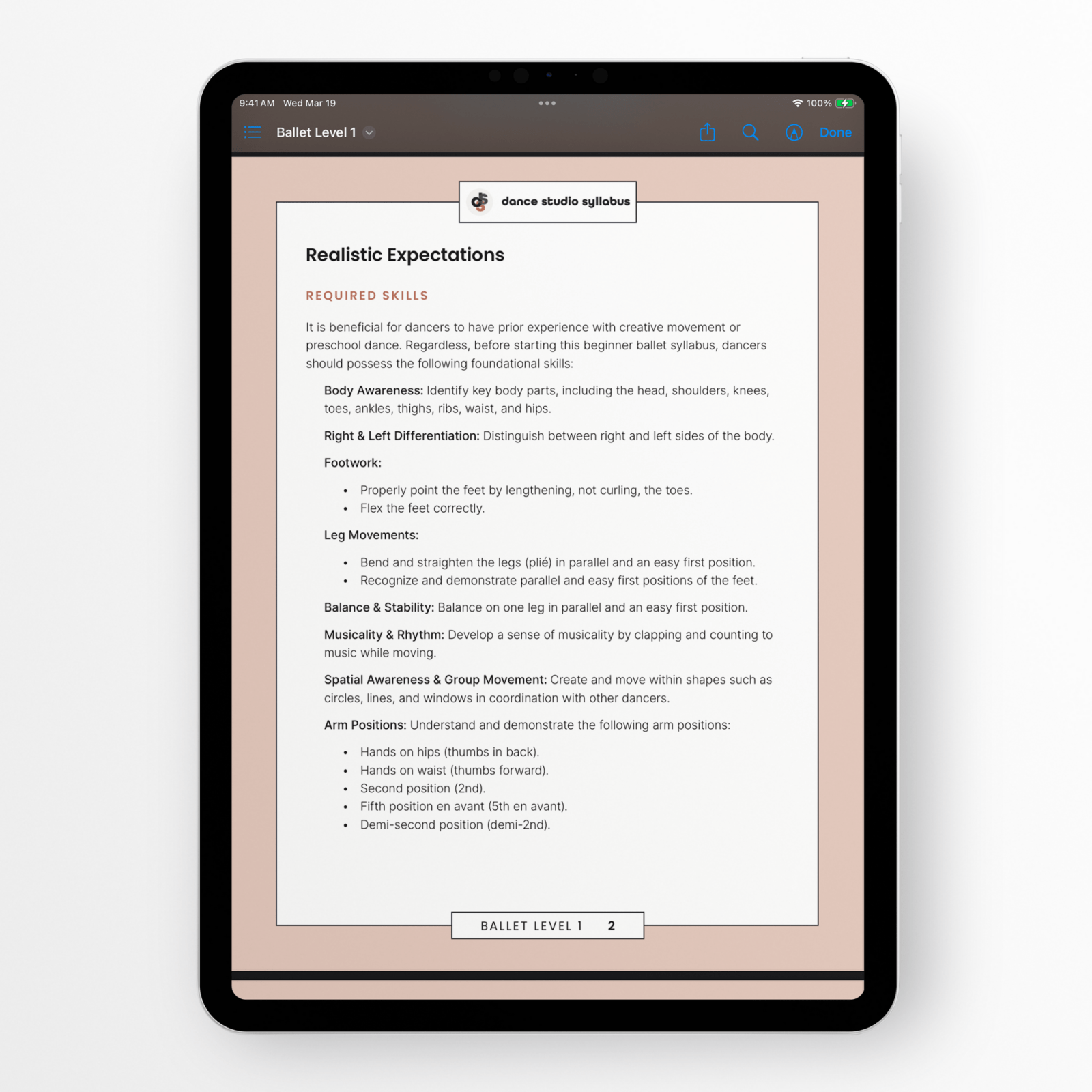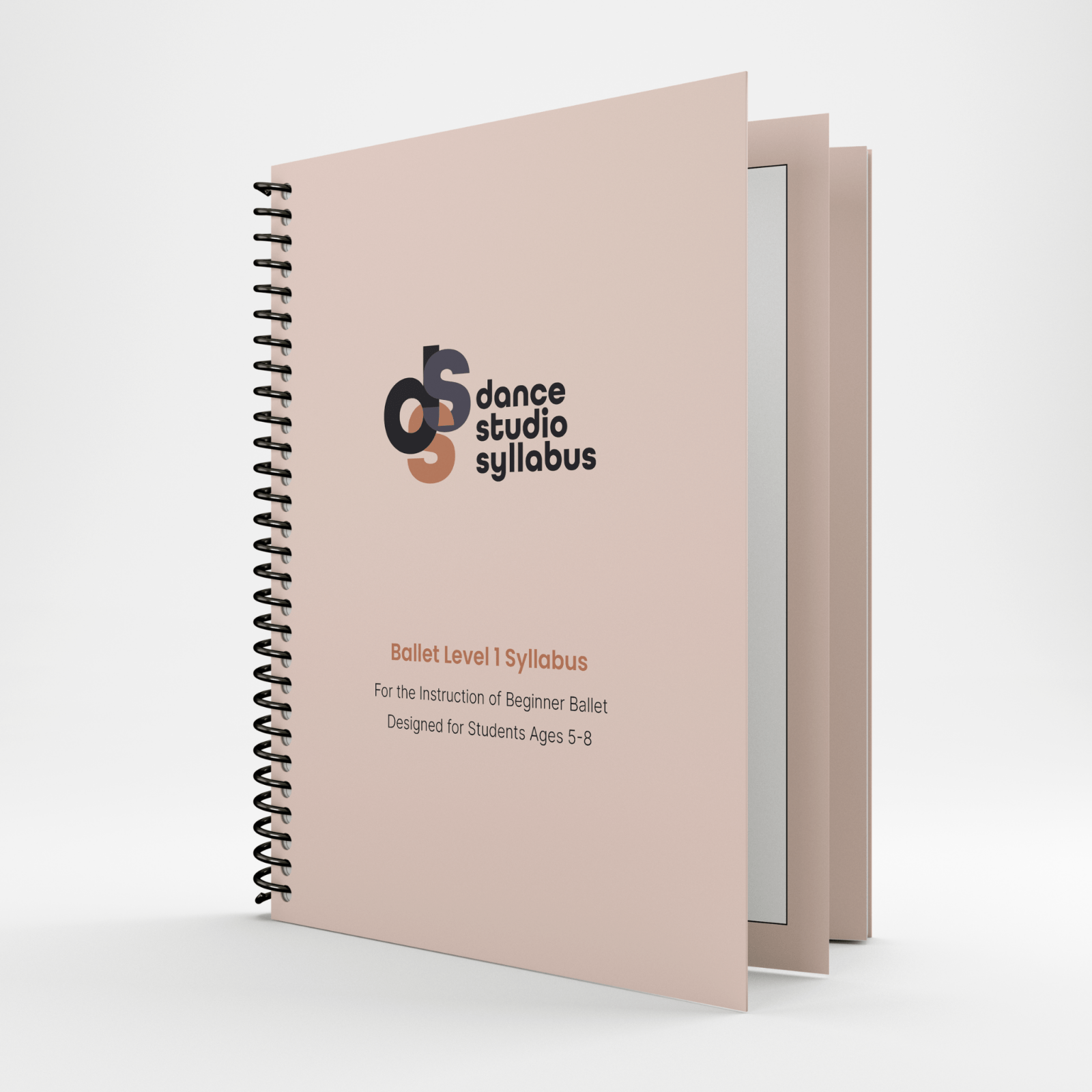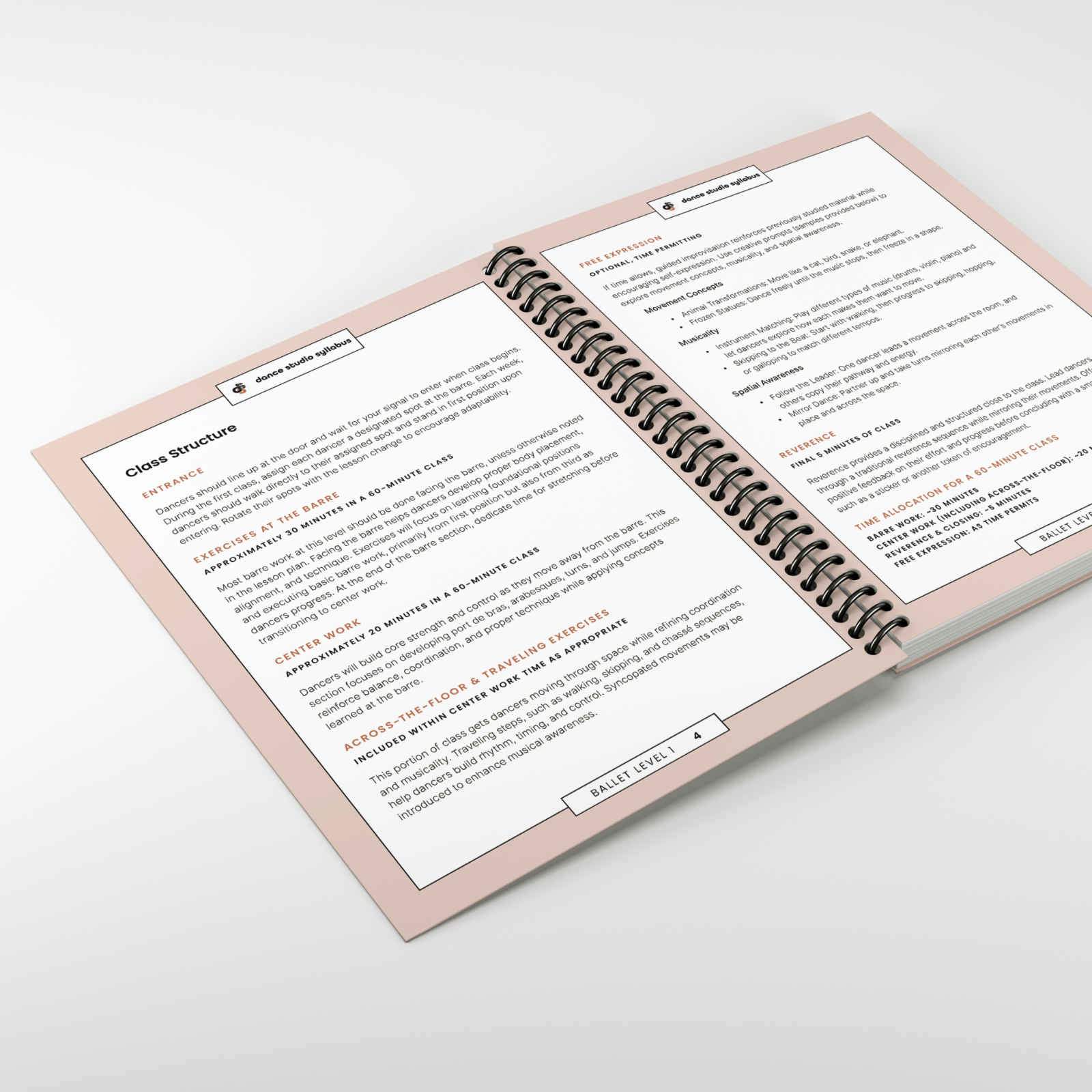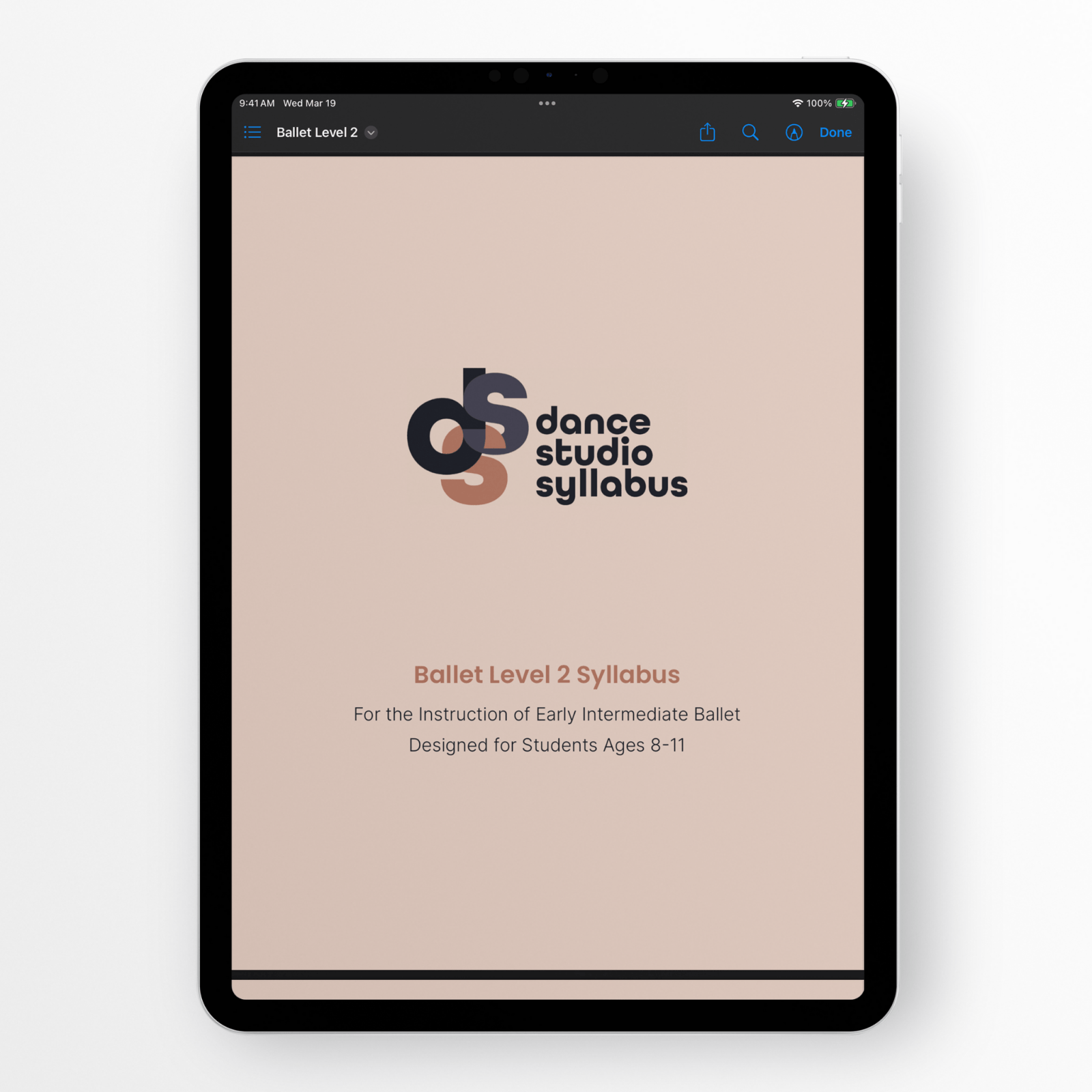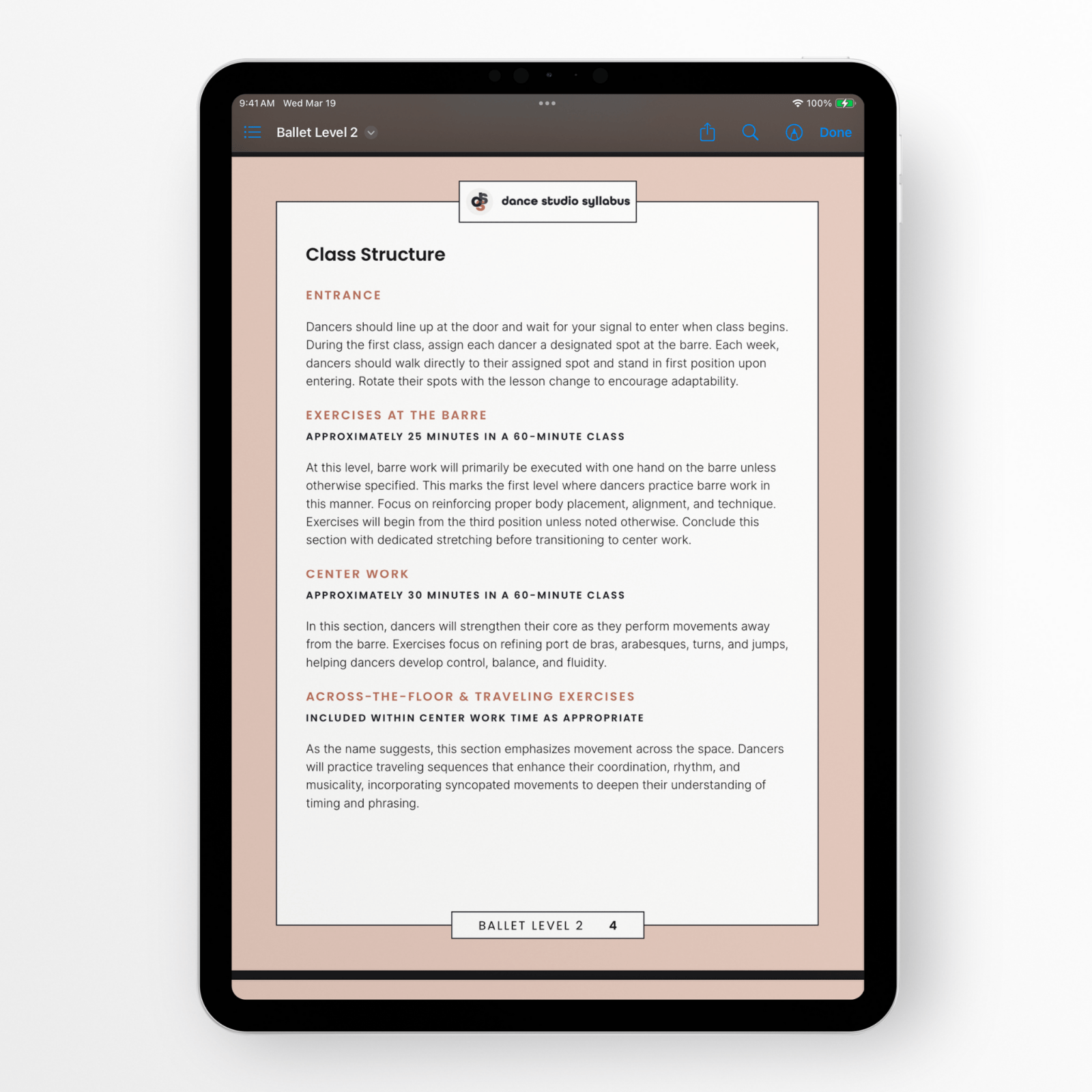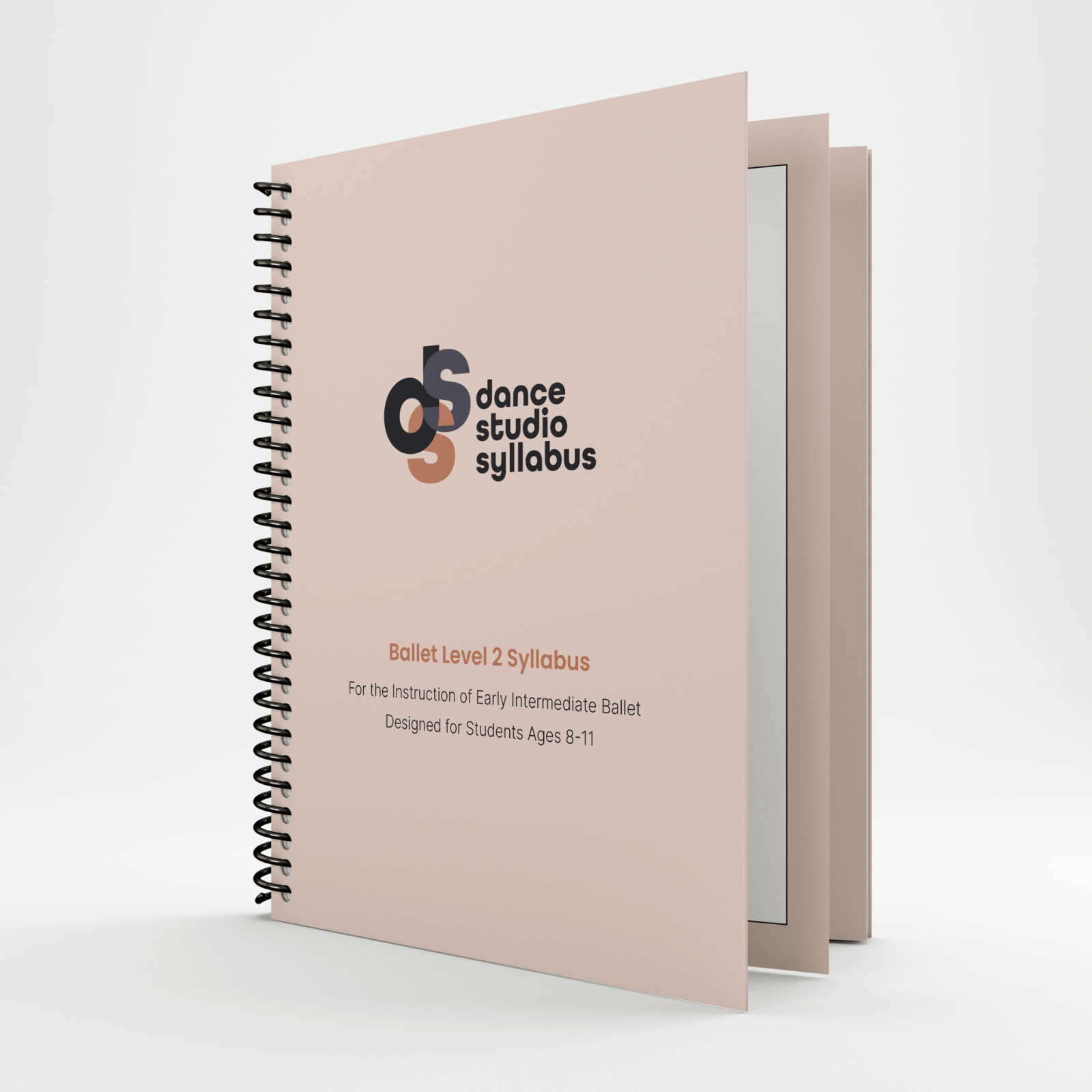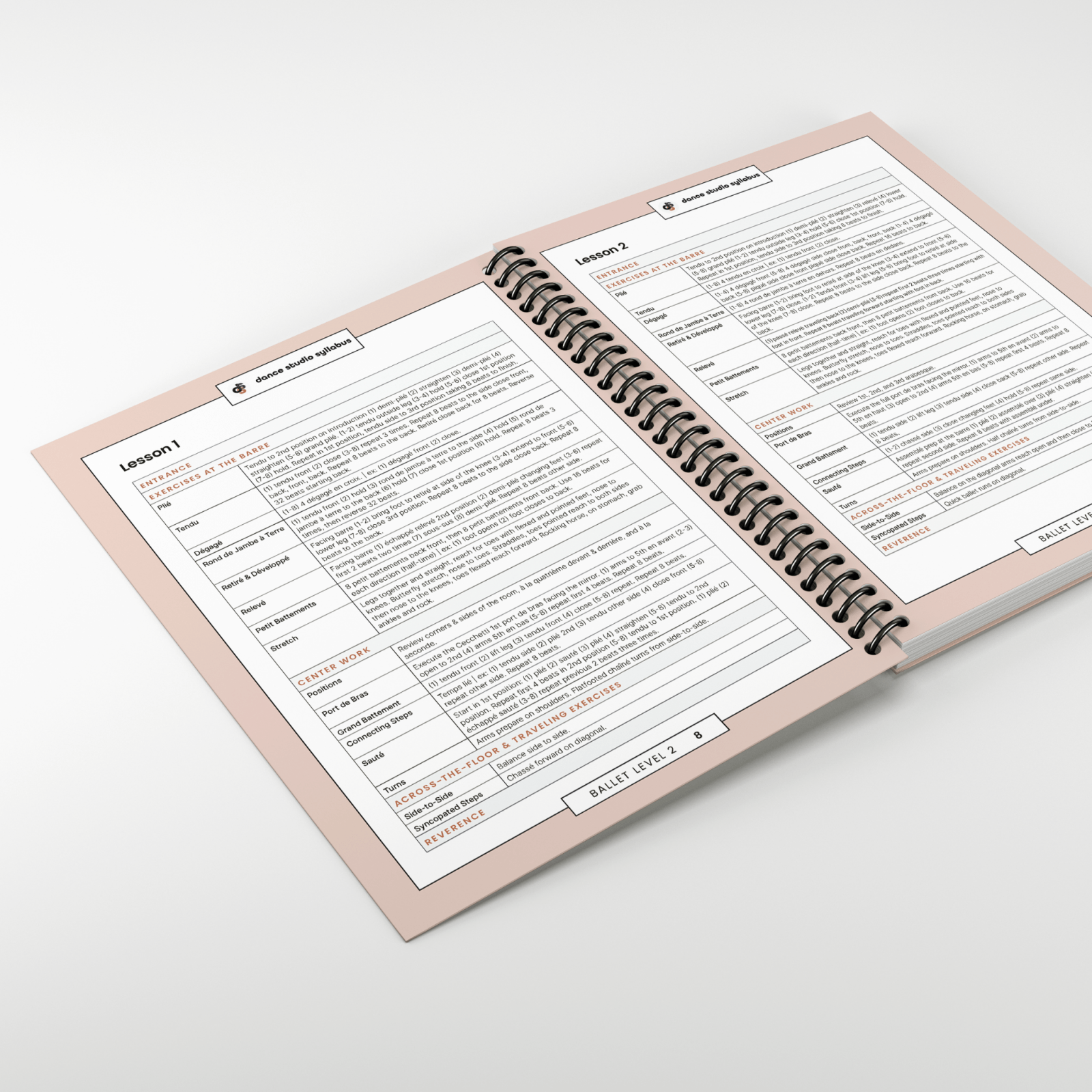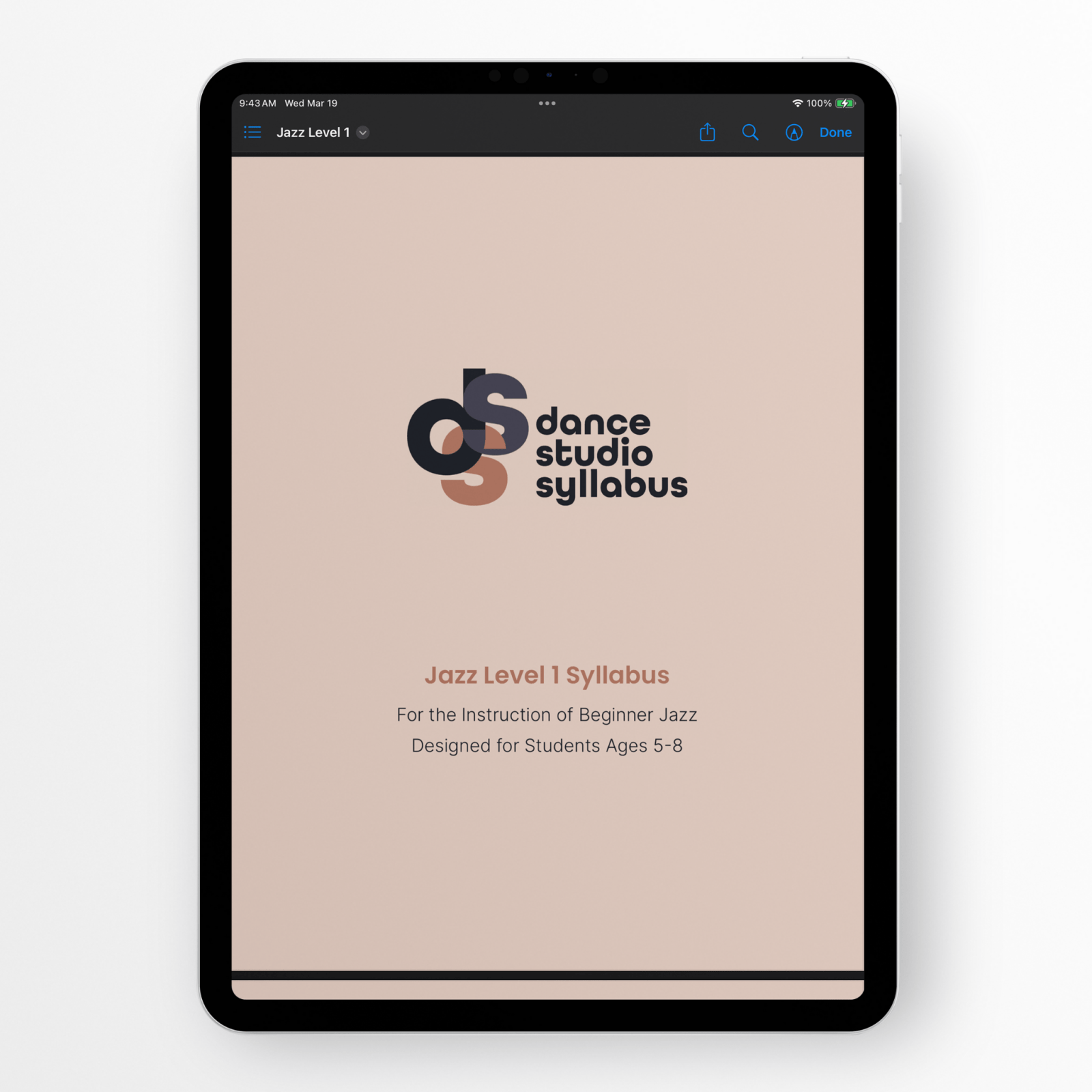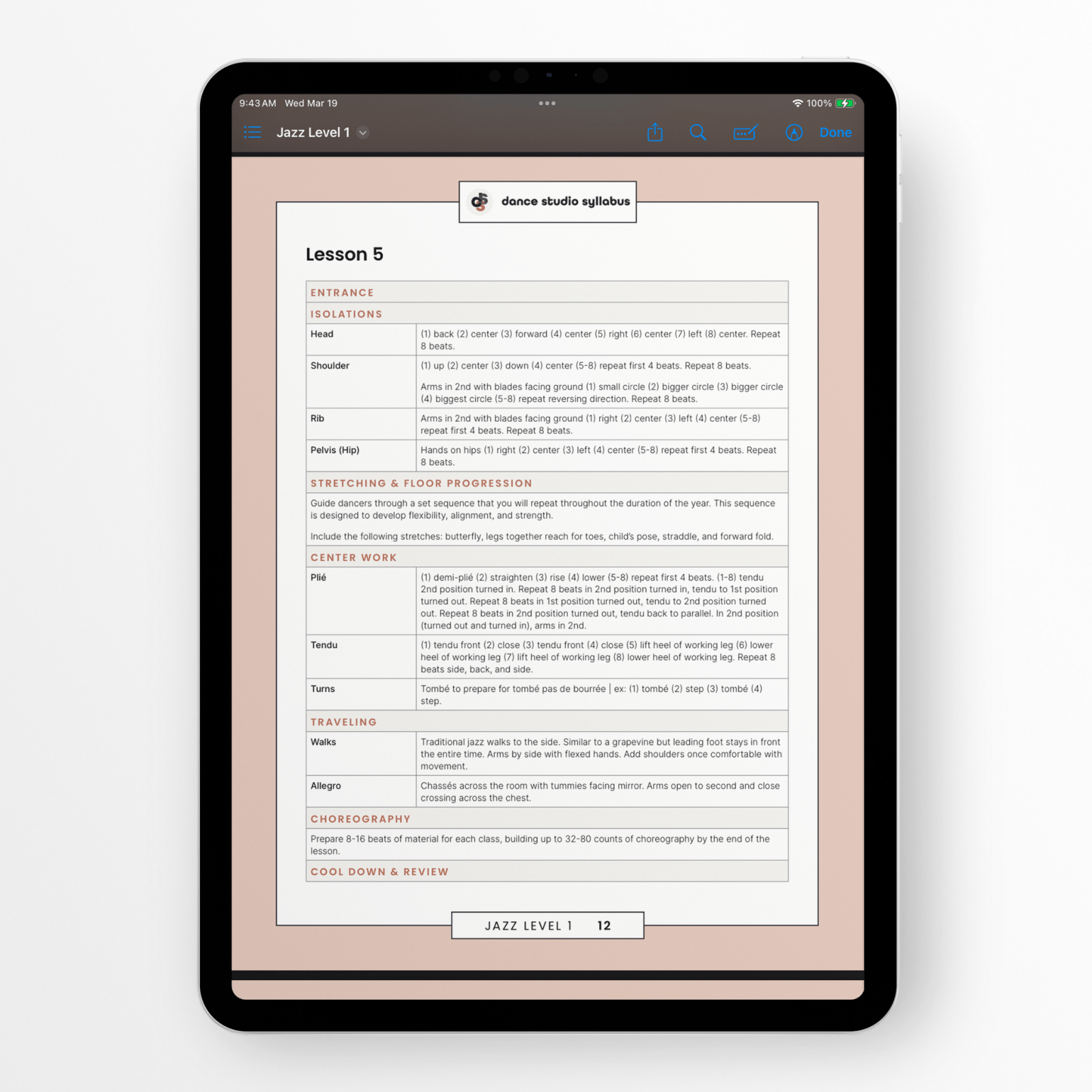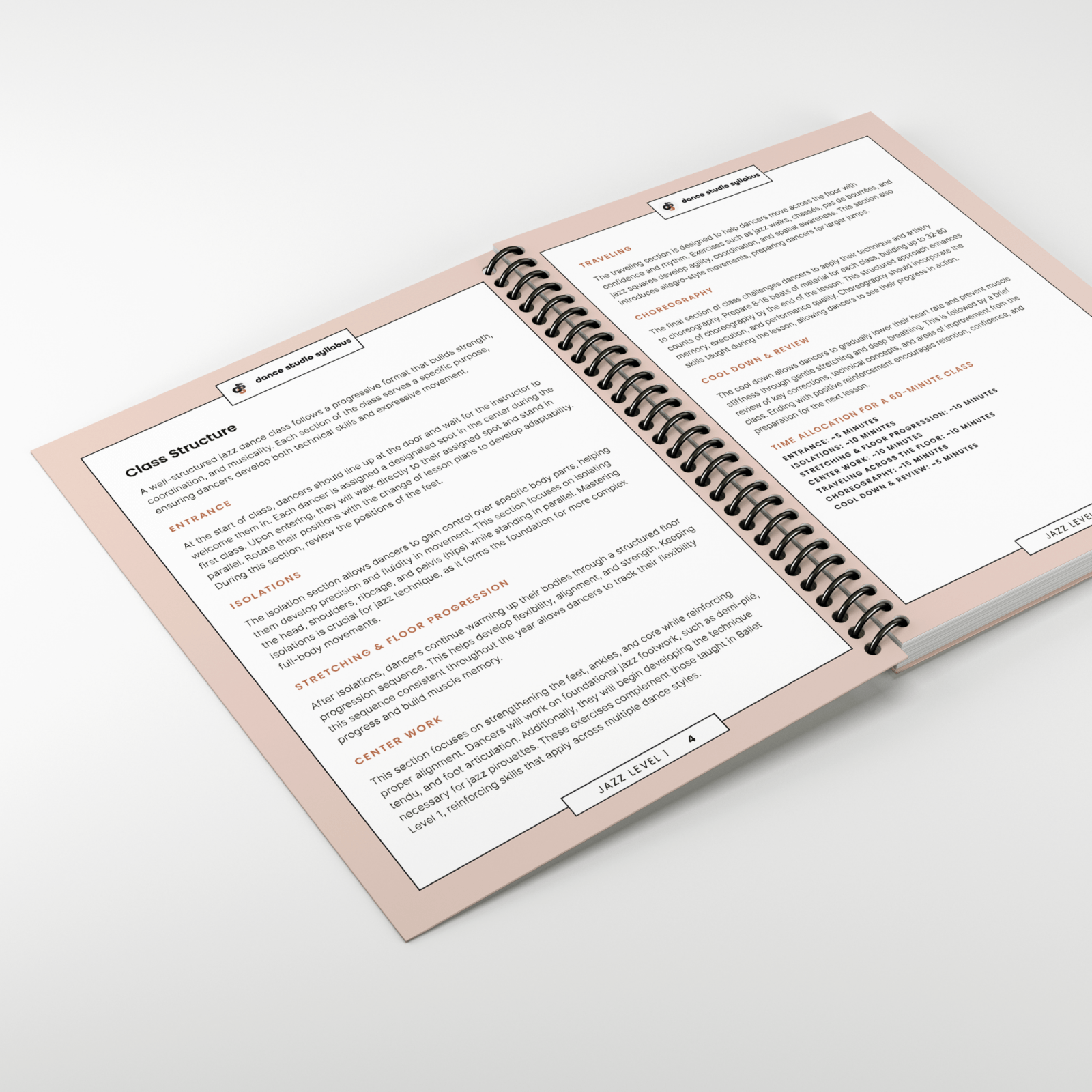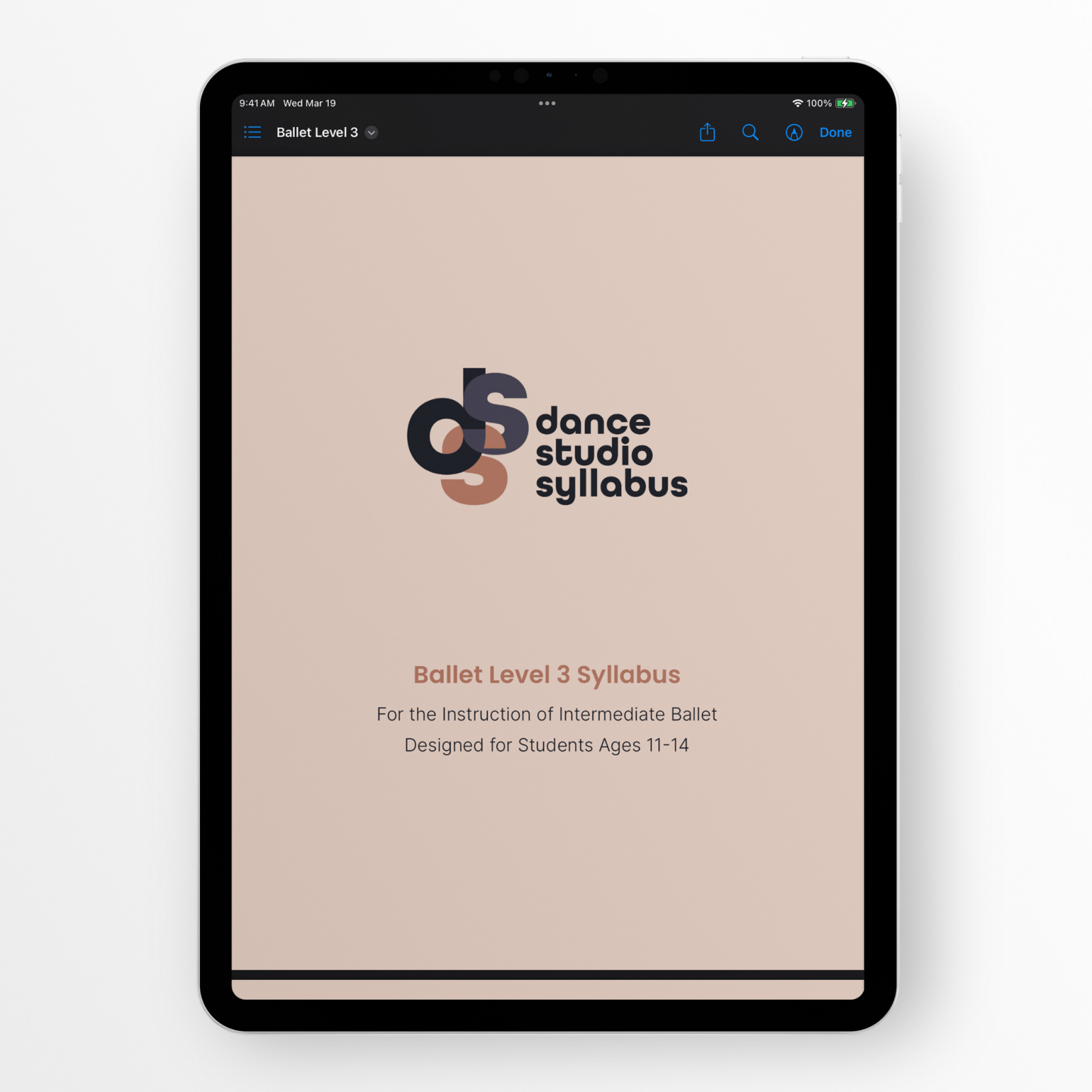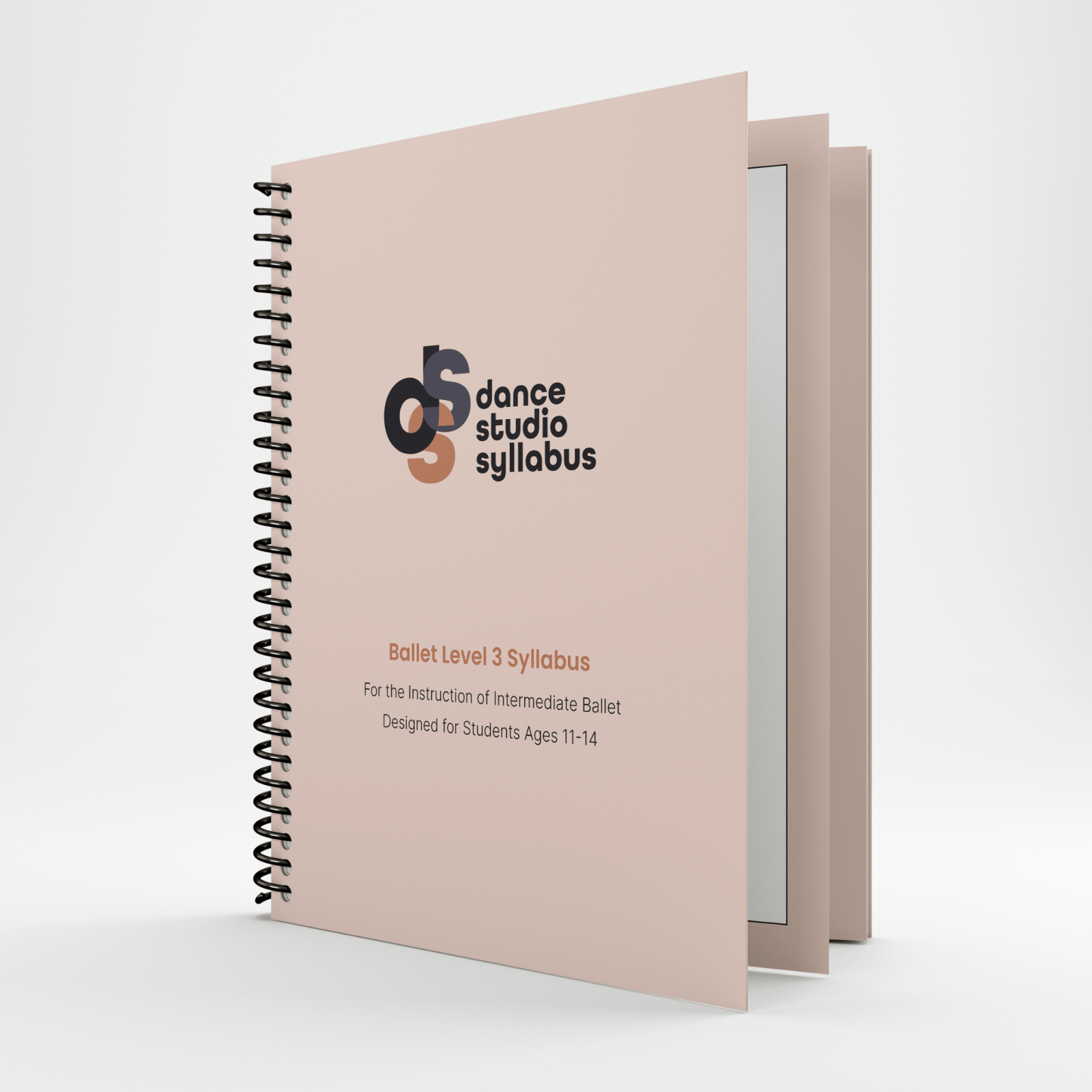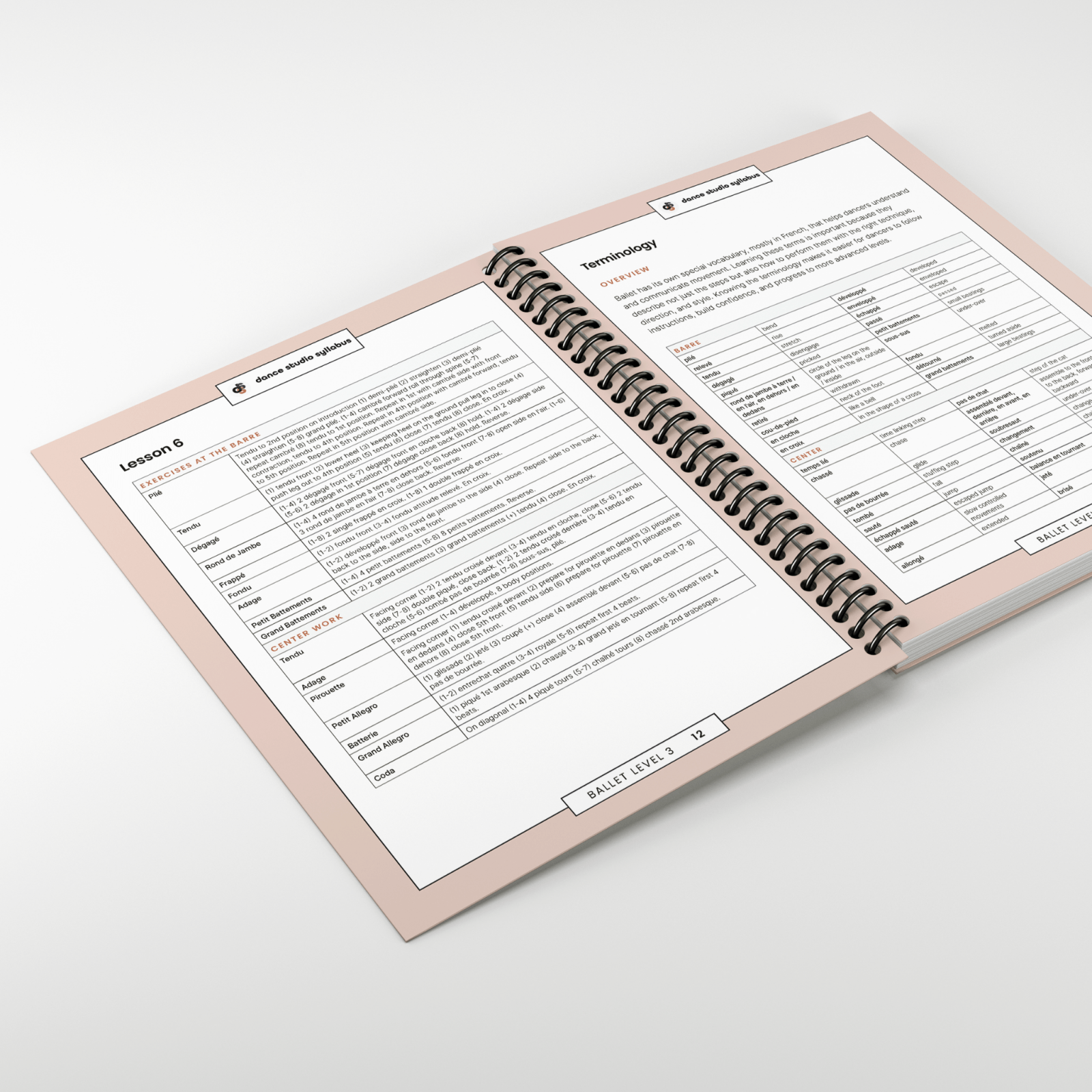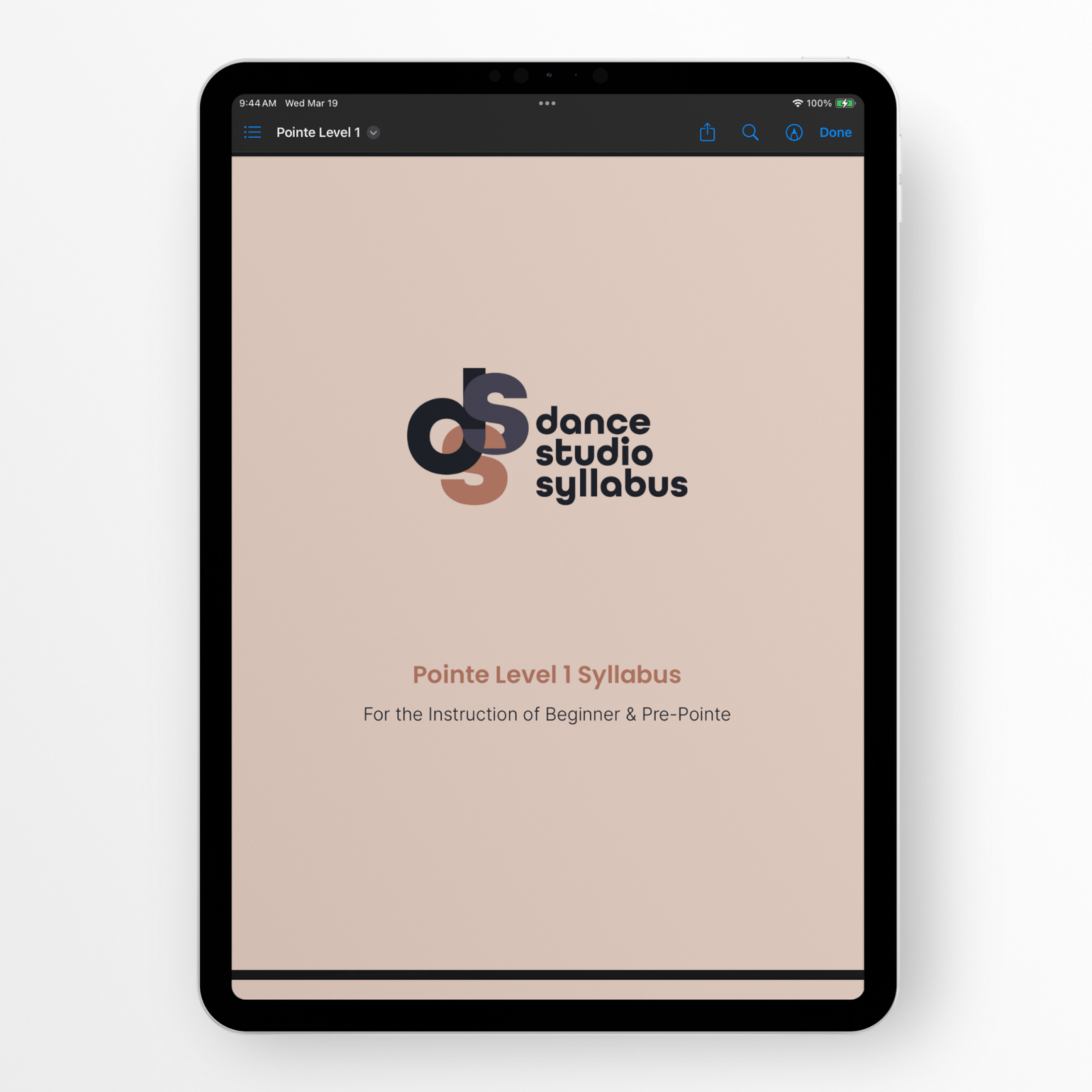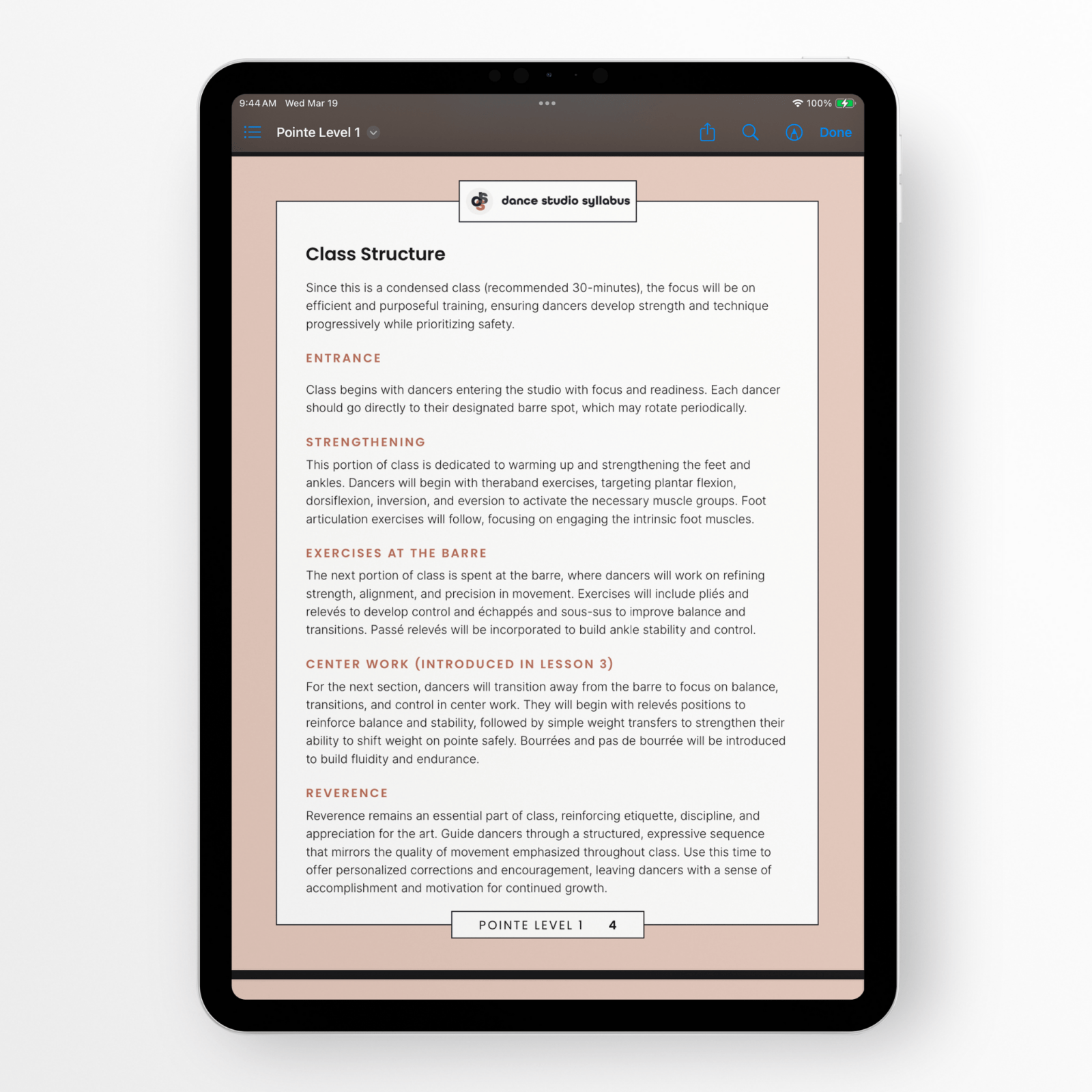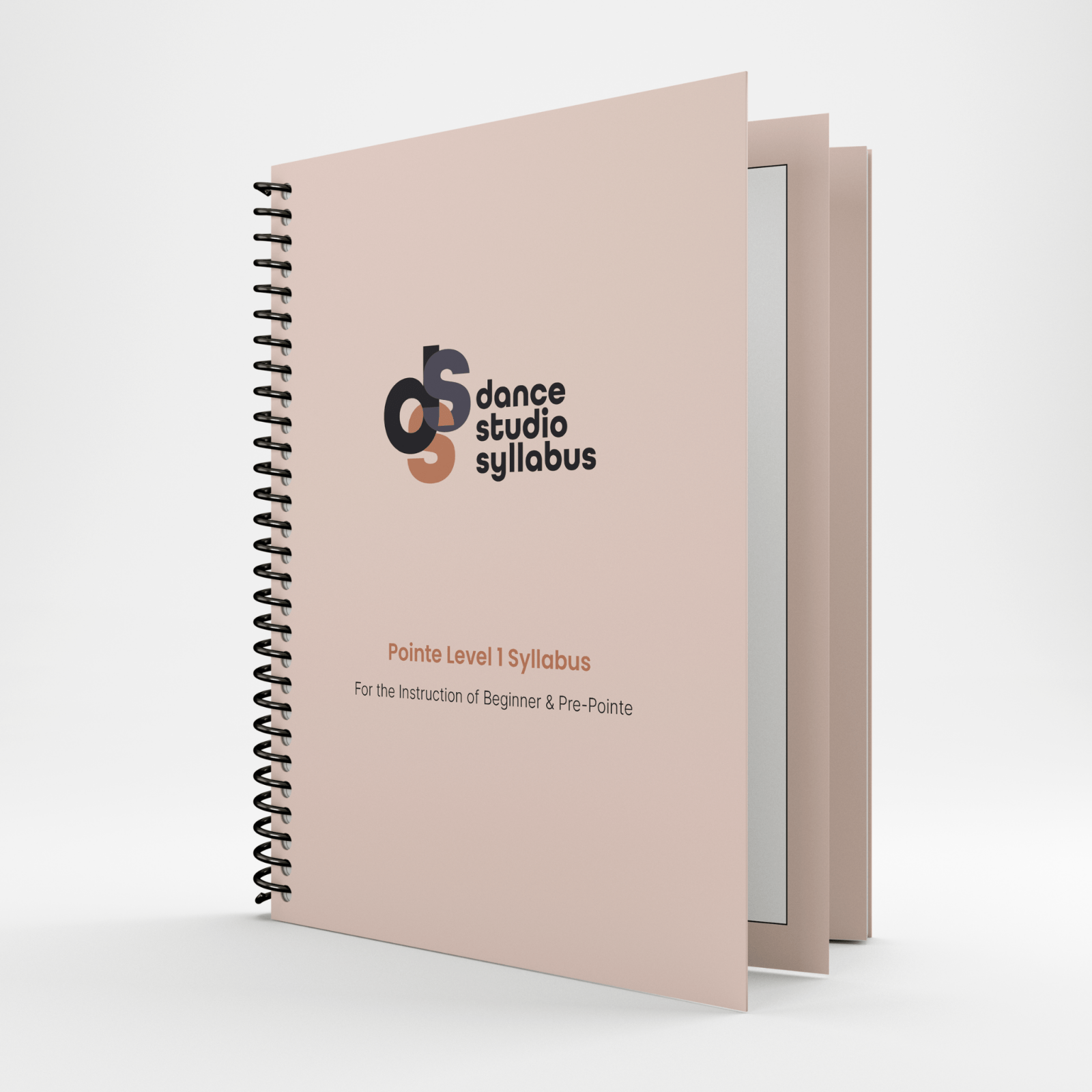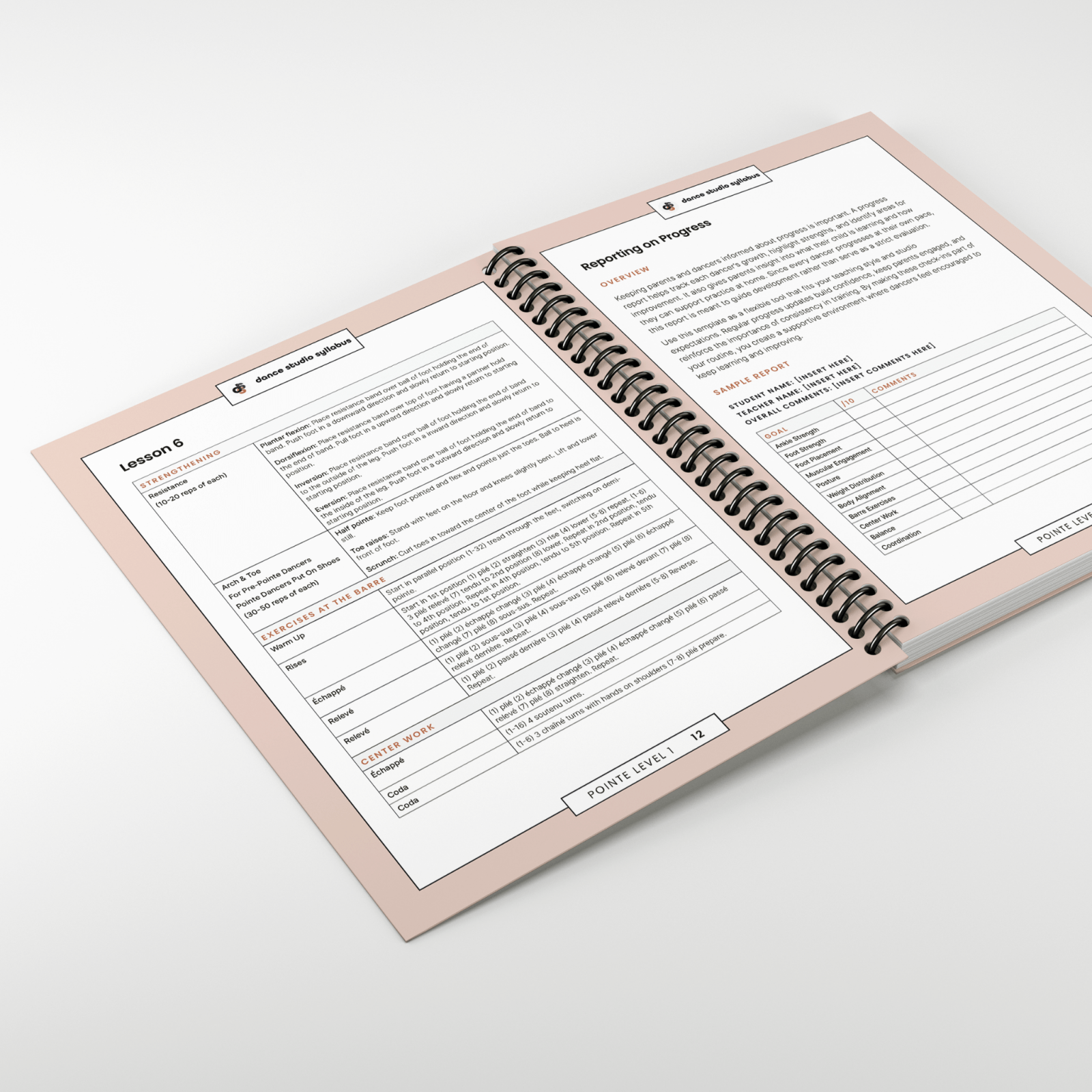When we talk about a ballet syllabus, we aren’t just talking about a list of steps. We’re referring to an educational framework that has helped shape dancers around the world for generations. While dance itself is an ephemeral art form, the ballet syllabus offers a structure that ensures consistent technique, artistic development, and pedagogical continuity.
In this post, we’ll explore the history of ballet syllabi, the philosophies behind three influential systems in classical training–Cecchetti, Balanchine, and Vaganova–and how modern resources continue to evolve the landscape of ballet education.
The Purpose of a Ballet Syllabus
A ballet syllabus is a structured guide that outlines the technique, terminology, and progression of skills for dancers at various levels. It provides:
- Consistency:across teachers and schools.
- Progression: scaffolding technical development from beginner through advanced levels.
- Pedagogical integrity: ensuring students build strength, coordination, and artistry at the right pace.
- Assessment:allowing for evaluations and examinations.
Although ballet training has existed for centuries, the idea of codifying instruction into a formal syllabus is relatively recent. Let’s begin with one of the earliest and most influential contributors.
Influential Ballet Training Contributors
Enrico Cecchetti: The Foundation of Classical Rigor
Italian ballet master Enrico Cecchetti(1850–1928) is considered one of the first to create a detailed ballet syllabus. As a former principal dancer and teacher to luminaries like Anna Pavlova and Vaslav Nijinsky, Cecchetti believed in a scientifically structured approach to training.
Key Contributions:
- Daily Class Structure:Cecchetti established a rotating class system, assigning specific exercises to different days of the week.
- Balanced Technique:Emphasis on symmetry and purity of line.
- Artistry + Discipline: Focus on clean execution with musicality.
After his death, the Cecchetti Societywas formed to preserve and expand his method. Today, Cecchetti syllabi are used worldwide in examination systems and pre-professional academies.
At Dance Studio Syllabus, our ballet syllabi are primarily influenced by Enrico Cecchetti’s structured methodology, with additional inspiration from the speed and musicality of Balanchine and the comprehensive coordination of Vaganova. This fusion ensures a well-rounded, developmentally appropriate approach to classical ballet training.
George Balanchine: Speed, Clarity, and Innovation
George Balanchine (1904–1983), co-founder of the New York City Ballet, brought a uniquely American flavor to classical ballet. A student of the Imperial Ballet School in St. Petersburg, Balanchine blended his Russian foundation with a love for neoclassicism, music, and movement invention.
While Balanchine did not create a formalized written syllabus in the traditional sense, his technique is widely taught and studied through the lens of repertory and specialized school training–most notably at the School of American Ballet (SAB).
Key Characteristics:
- Athleticism + Speed: Quick footwork and deep pliés.
- Musicality:Movement closely tied to the rhythm and phrasing of music.
- Innovative Port de Bras:More open, expressive use of the upper body.
Balanchine’s influence is often absorbed through direct coaching and repetition rather than written documentation. However, his legacy has informed countless teaching styles and shaped many modern American syllabi, including ours!
Agrippina Vaganova: Codified Excellence
Perhaps the most meticulously documented syllabus in ballet history comes from Agrippina Vaganova(1879–1951), a Russian ballerina-turned-pedagogue whose system is still the foundation of ballet education throughout Russia and in many parts of Europe and Asia.
After dancing with the Imperial Russian Ballet, Vaganova dedicated herself to teaching and developed a codified methodology combining the strength of the Italian school (Cecchetti), the lyricism of the French, and the expressiveness of the Russian tradition.
Key Features:
- Graduated Skill Progression: Precise technical advancement year-by-year.
- Full-Body Coordination: Integration of arms, legs, head, and torso.
- Scientific Detail:Use of anatomy and biomechanics to support movement quality.
Her book, Basic Principles of Classical Ballet, remains a cornerstone text for serious ballet educators.
Modern Ballet Syllabi: Building on the Legacy
Today, many national and private organizations offer ballet syllabi that draw from these classical systems. Examples include:
- Royal Academy of Dance (RAD):Founded in 1920 in the UK, influenced by Cecchetti and others.
- ABT National Training Curriculum:Merges multiple methodologies, with a strong anatomical and developmental lens.
- Dance Studio Syllabus:Offers genre-specific syllabi with lesson plans inspired by the structure and progression of traditional systems.
In addition to print materials, modern ballet syllabi now include:
- Video demonstrations
- Customizable lesson plans
- Digital progress trackers
- Resources for diverse learner needs
These tools support teachers in adapting classical principles to contemporary studio settings, making high-quality ballet education more accessible.
Why the Ballet Syllabus Still Matters
Despite changes in technology, culture, and performance trends, the ballet syllabus remains a critical tool in the teacher’s toolkit. It bridges the gap between tradition and innovation, offering both a historical foundation and a modern framework for growth.
Whether you follow Cecchetti’s technical rigor, Balanchine’s musical agility, Vaganova’s comprehensive methodology, or a hybrid system tailored to your students’ needs, a ballet syllabus helps ensure dancers:
- Progress safely and consistently
- Develop artistry alongside technique
- Build confidence and self-discipline
- Connect to a larger legacy of classical training
Conclusion: Honoring the Past, Empowering the Future
A ballet syllabus is more than just a guide–it's a living archive of knowledge passed from generation to generation. From the studio floors of Imperial Russia to the fast-paced classes of modern conservatories, the structured study of ballet continues to evolve while honoring its roots.
As today’s teachers craft lesson plans and shape young dancers, they stand on the shoulders of masters like Cecchetti, Balanchine, and Vaganova. Through their contributions, the ballet syllabus has become both a tribute to tradition and a blueprint for future excellence.
At Dance Studio Syllabus, we invite you to explore a sample of our ballet syllabus or browse our full ballet collection to find materials for teaching dancers of all ages. Shop Ballet Syllabi and bring intentional, age-appropriate progression into your studio today.
